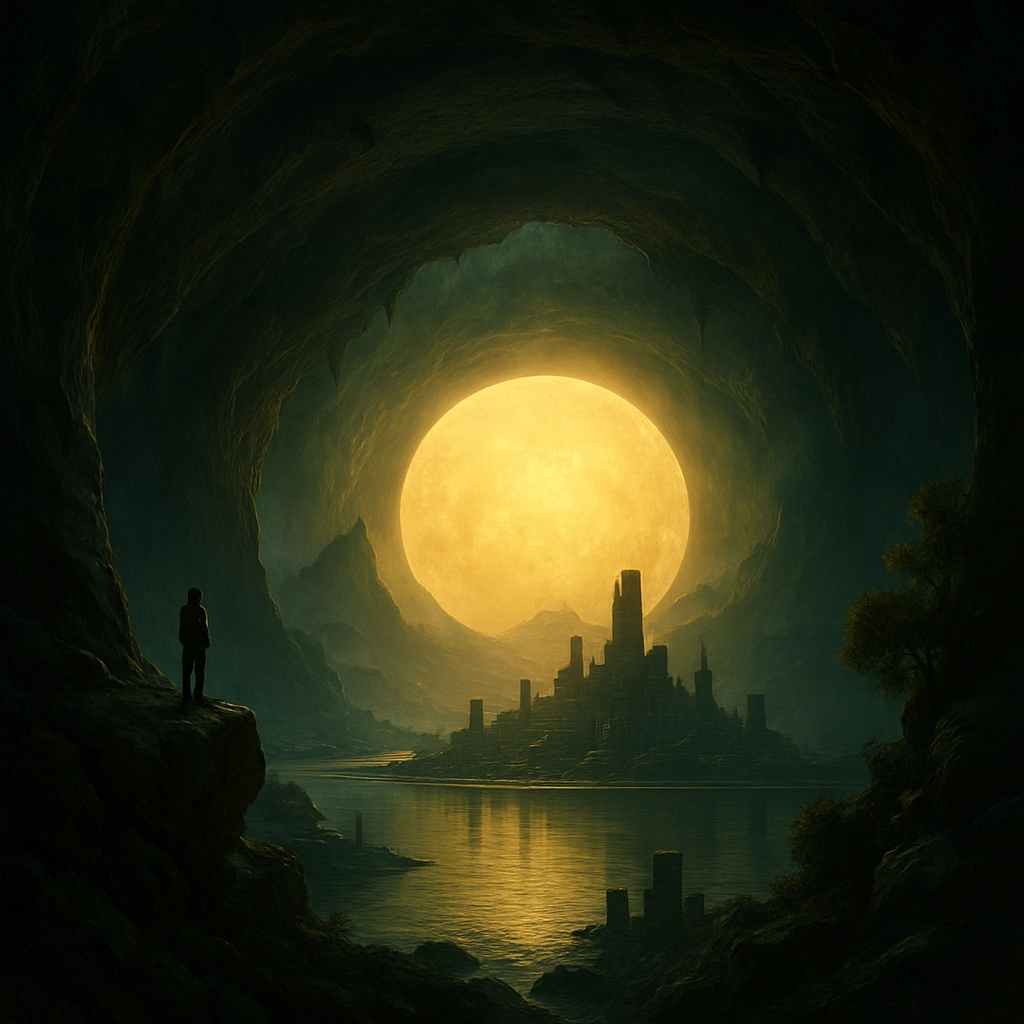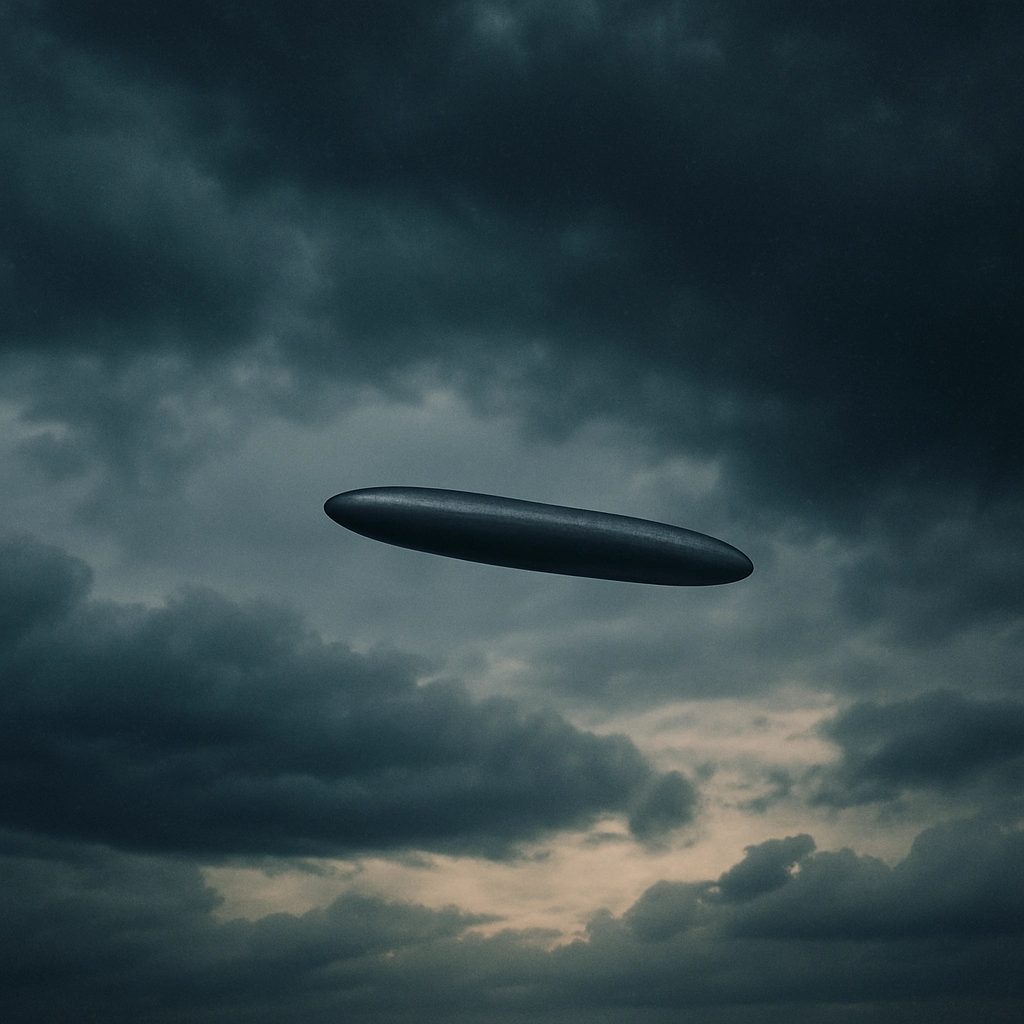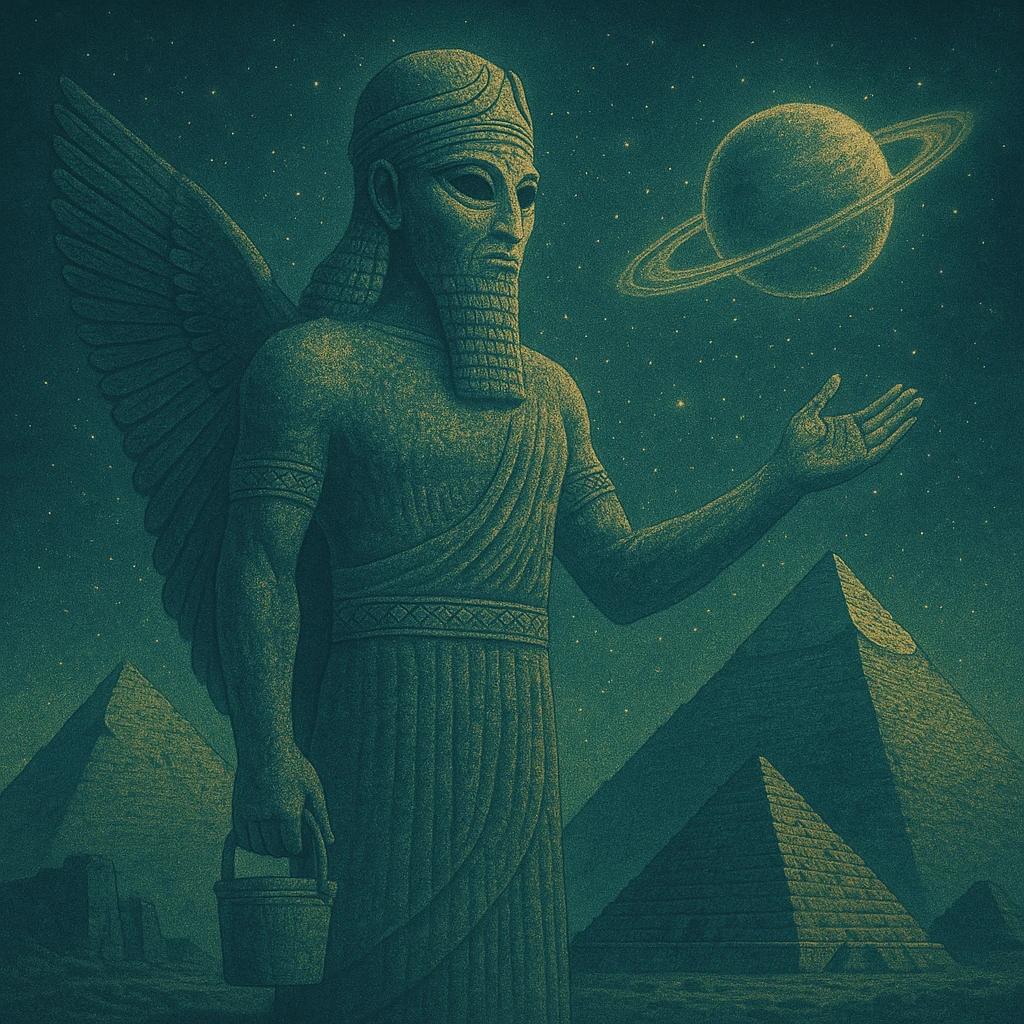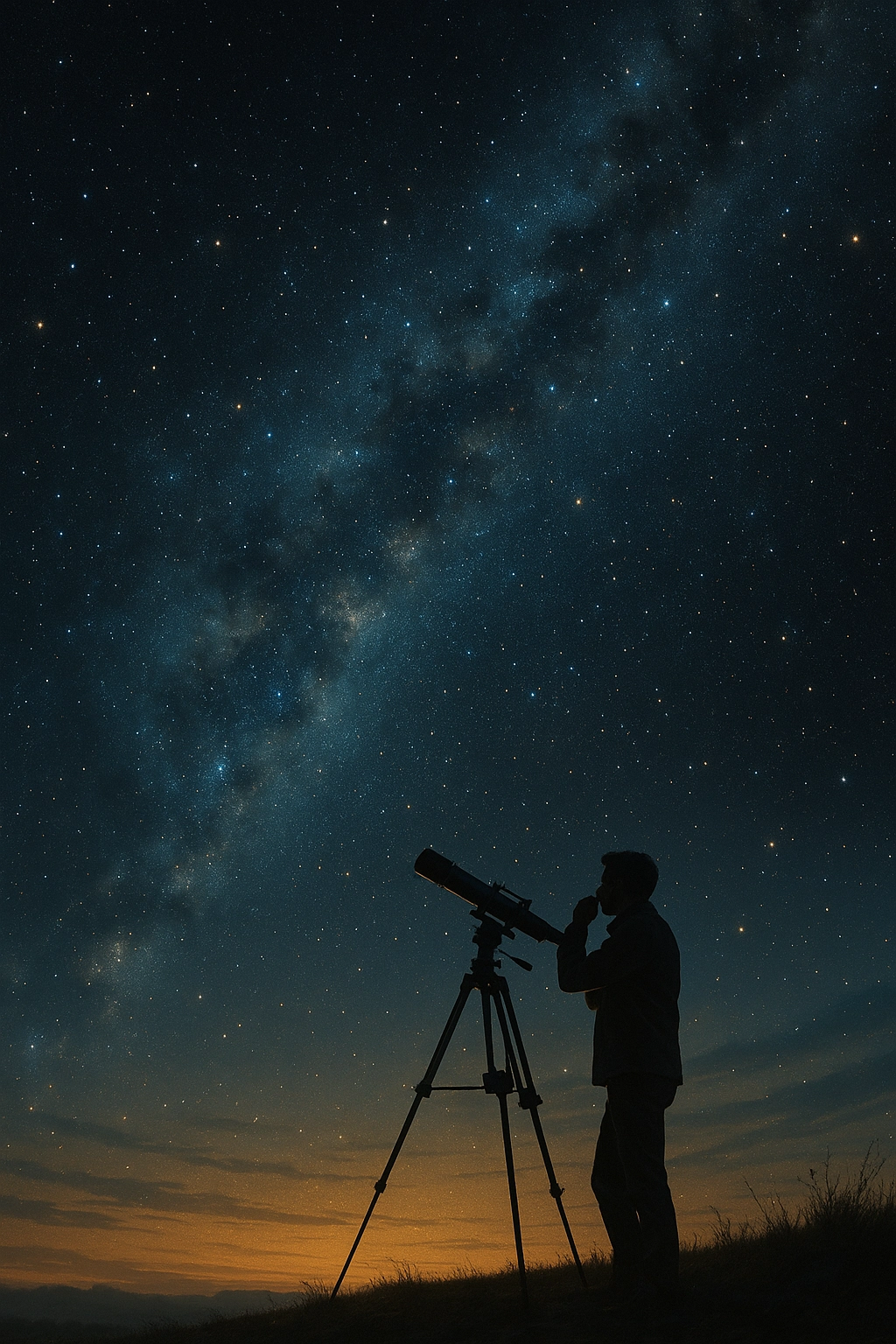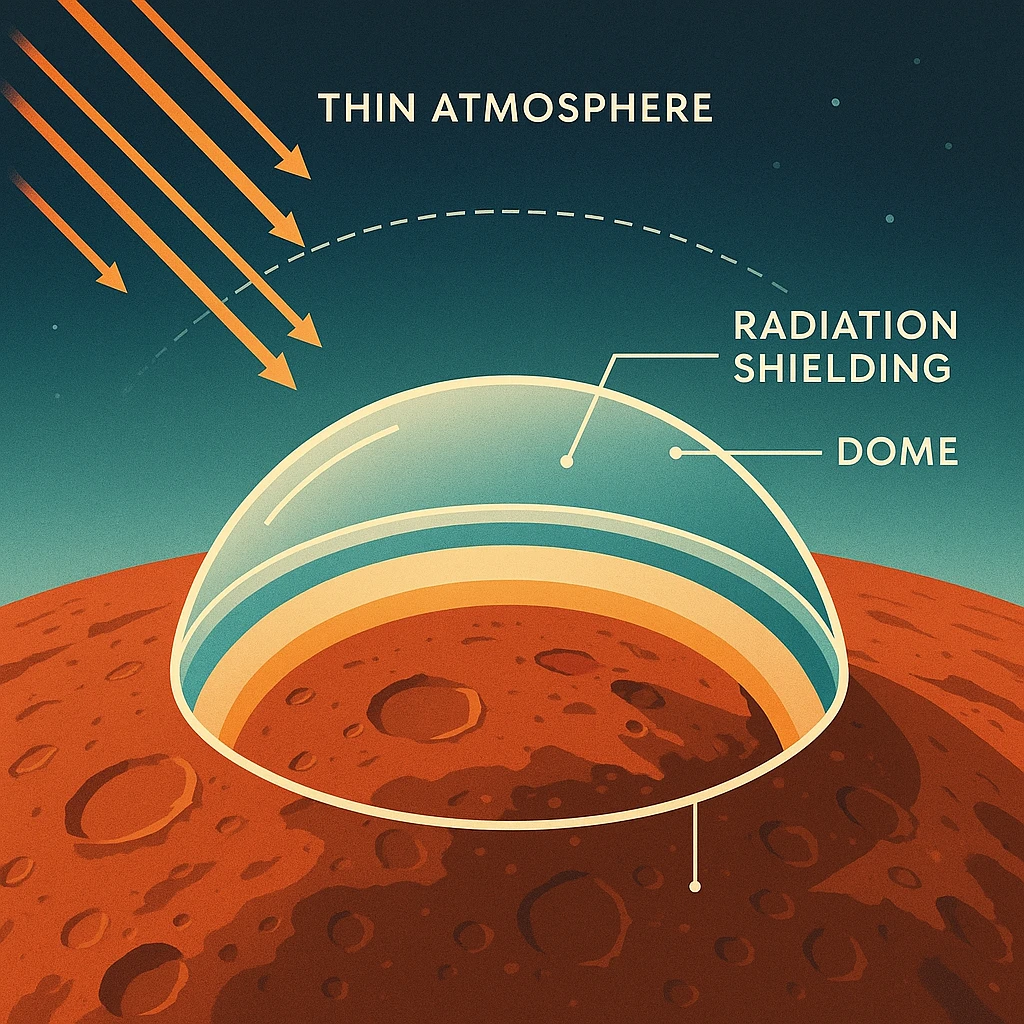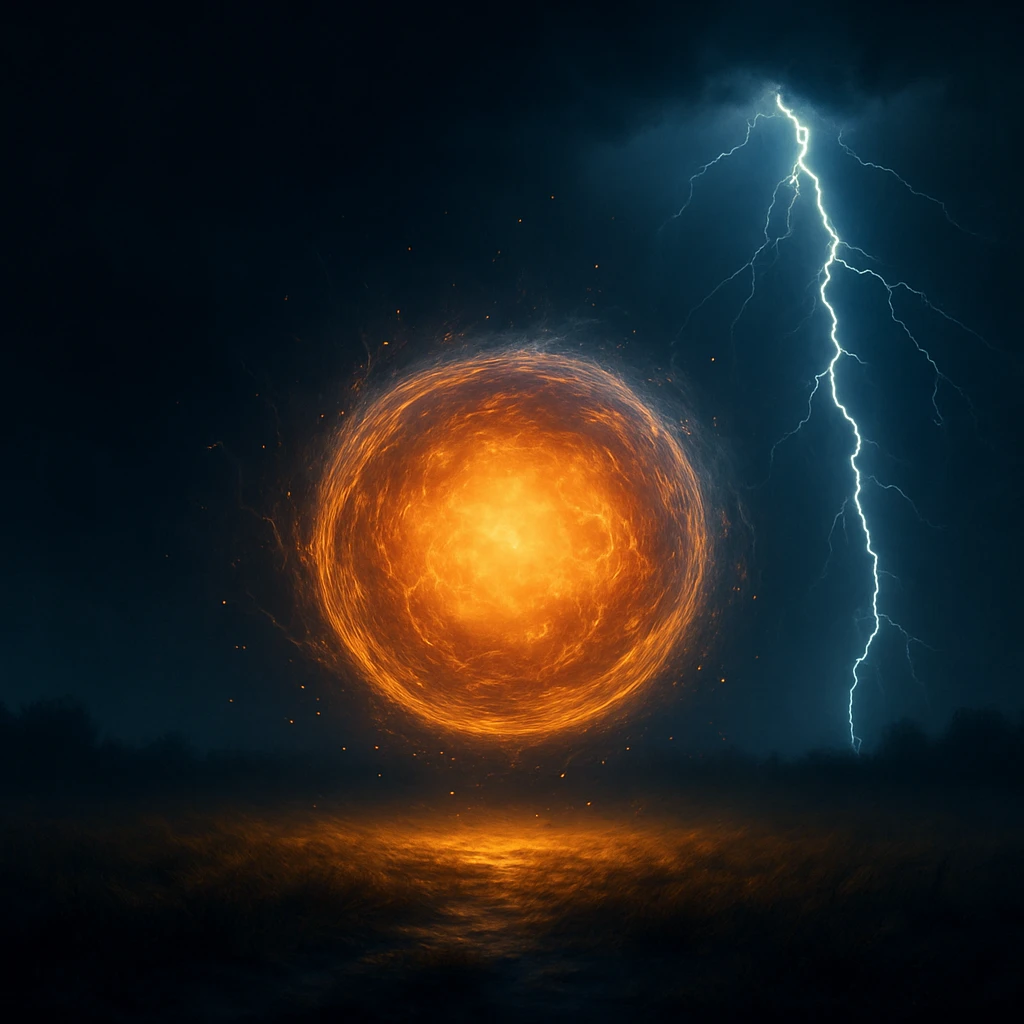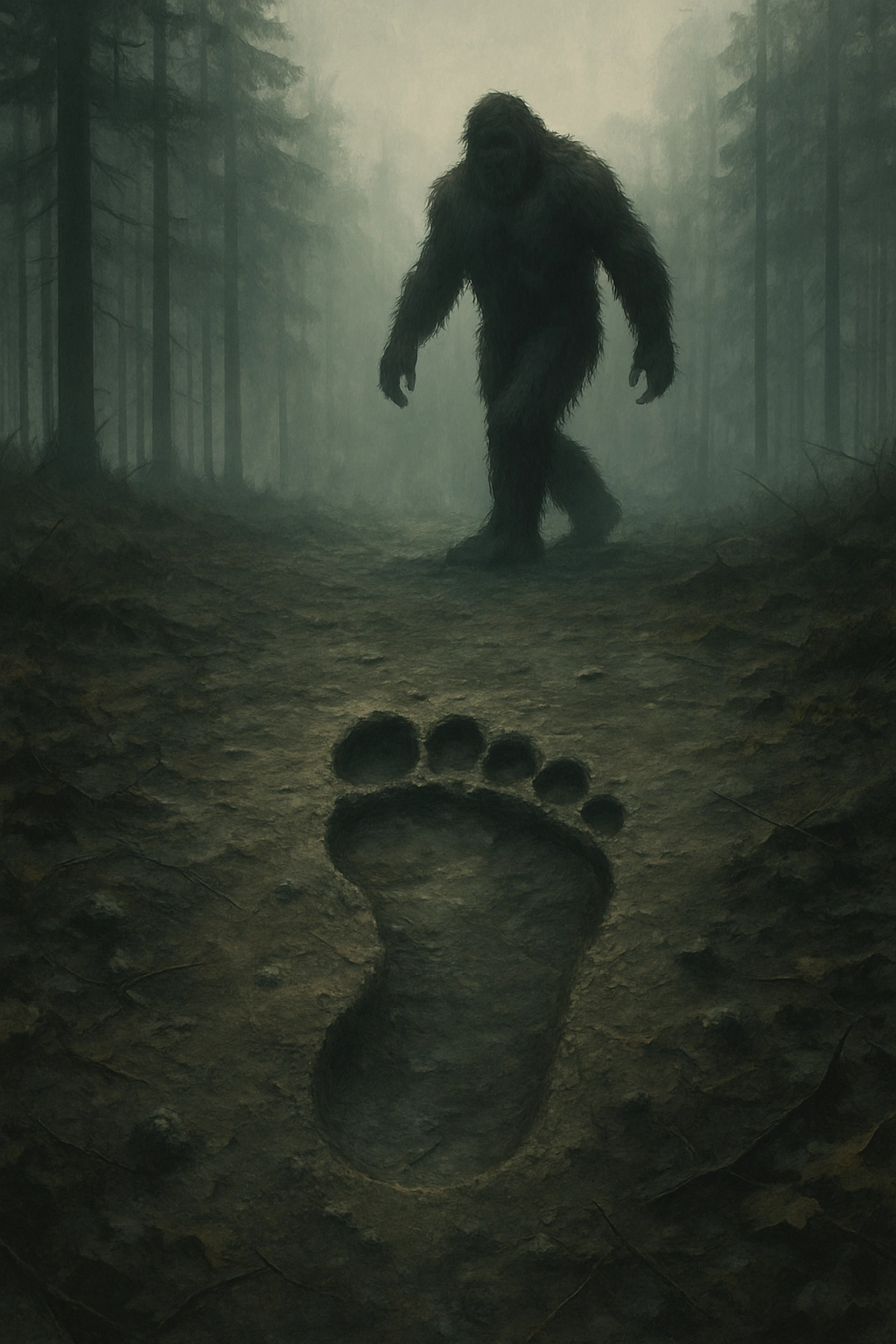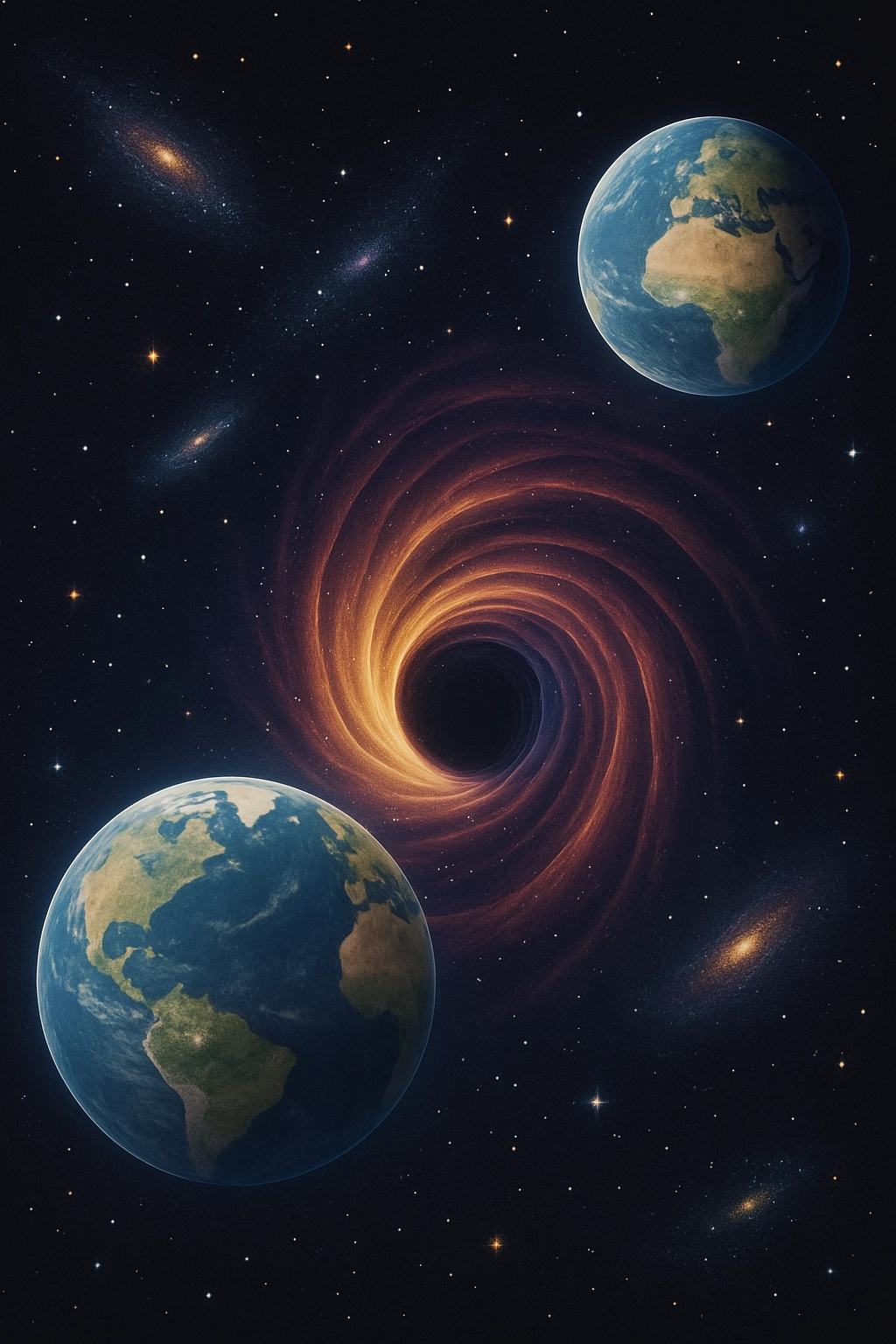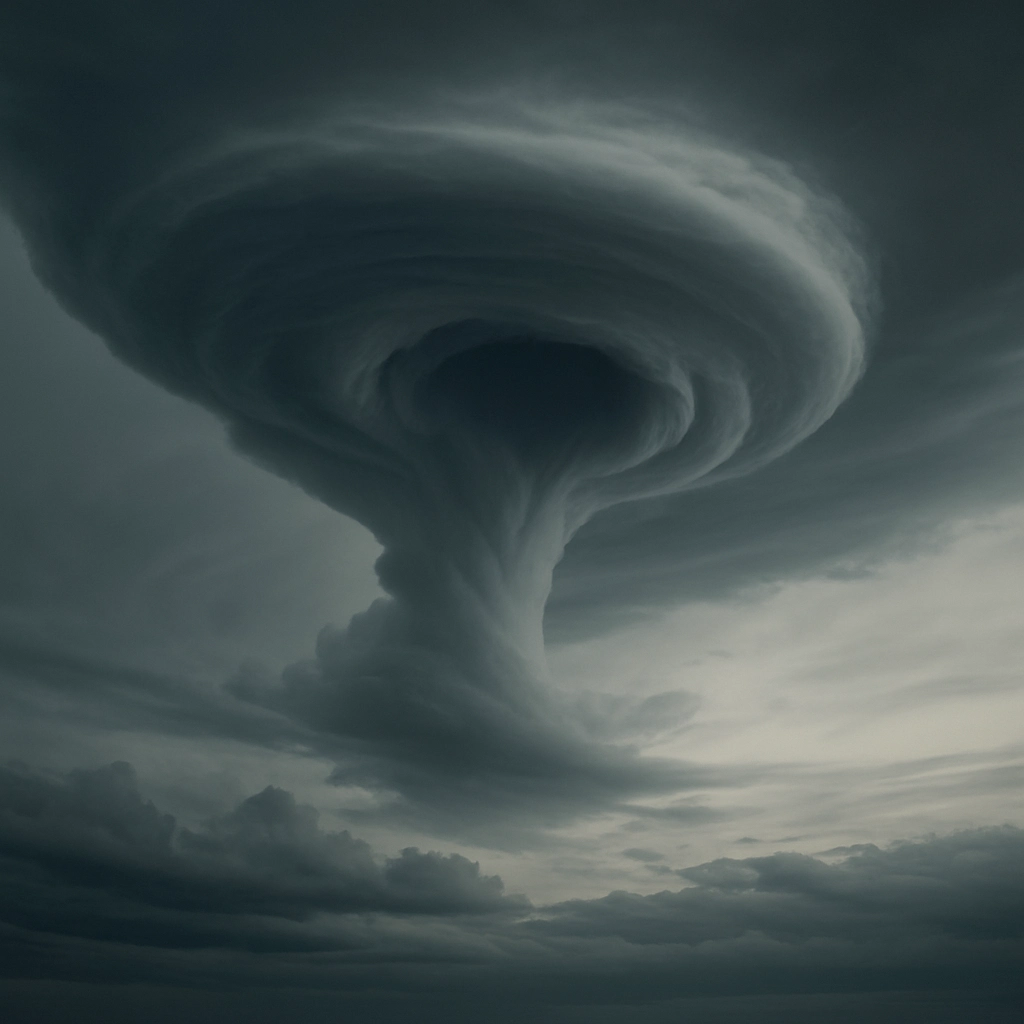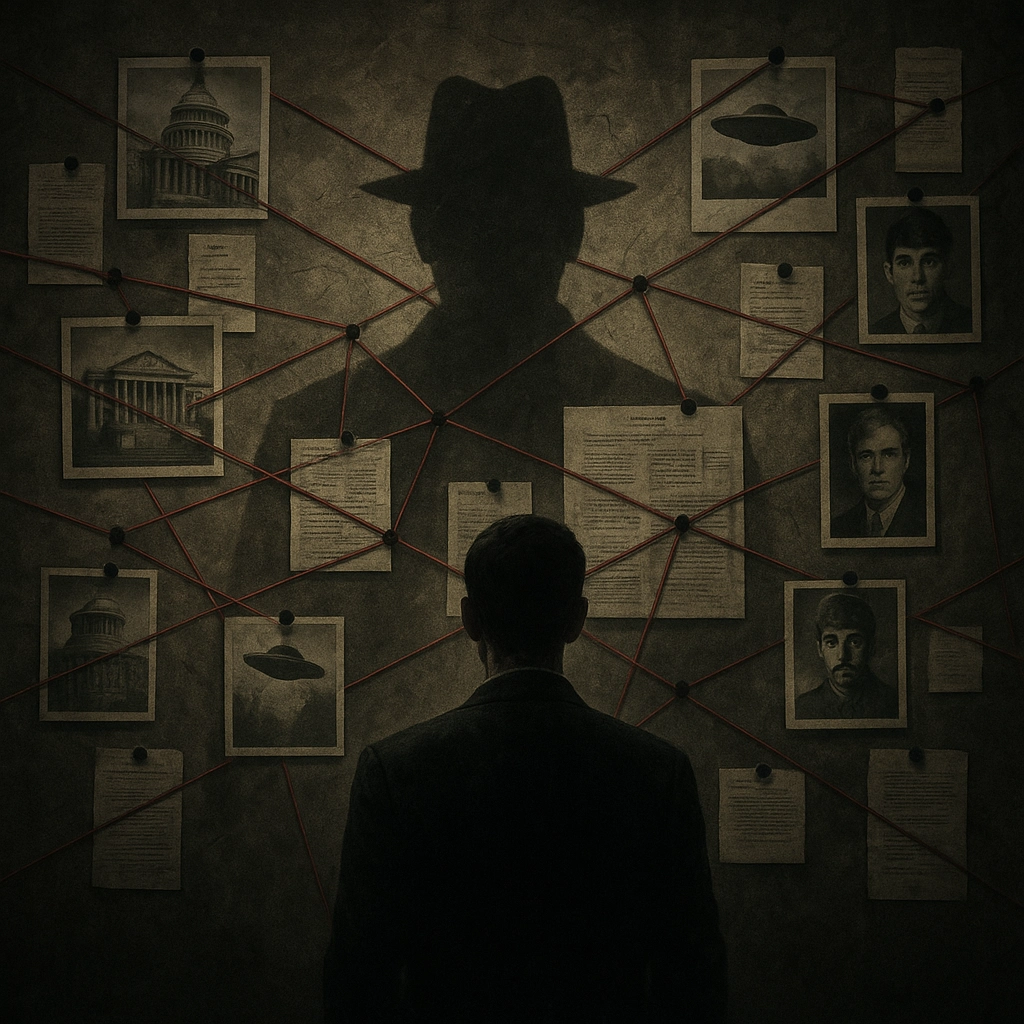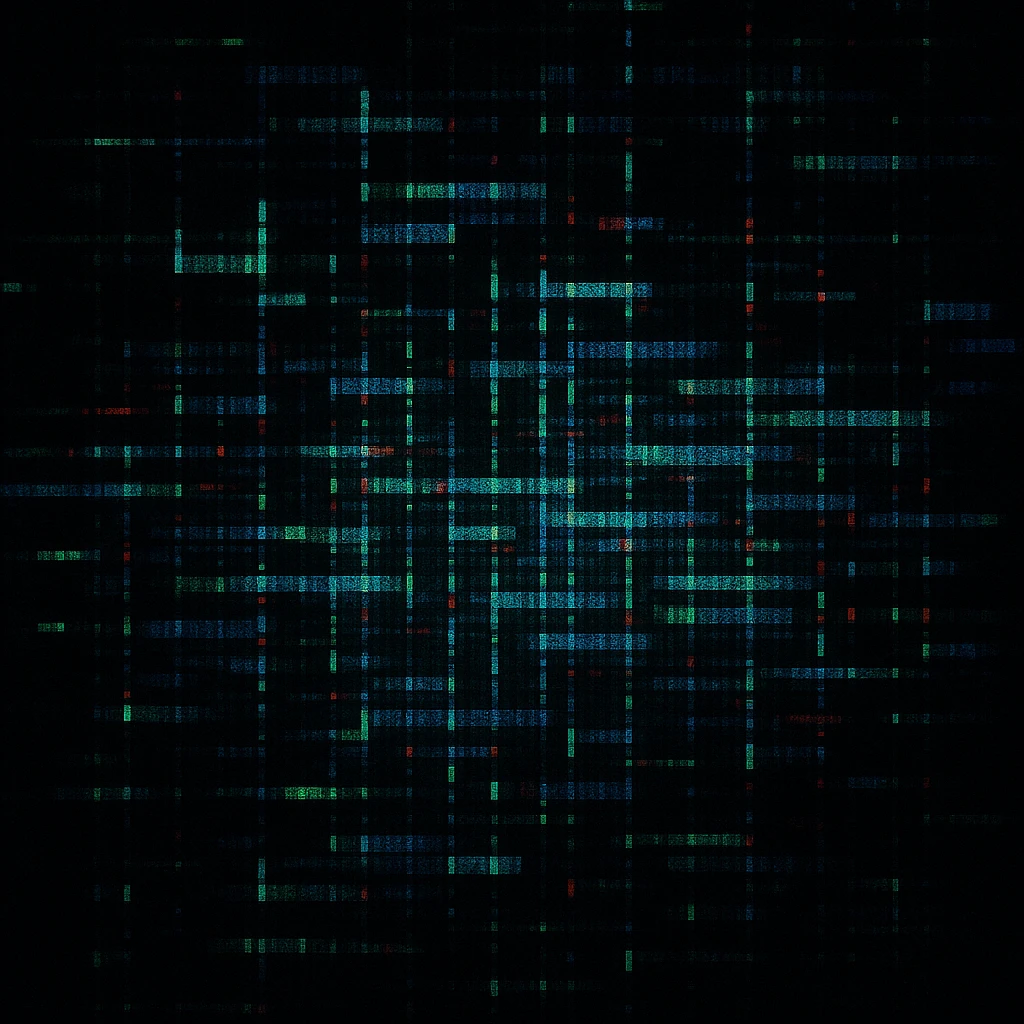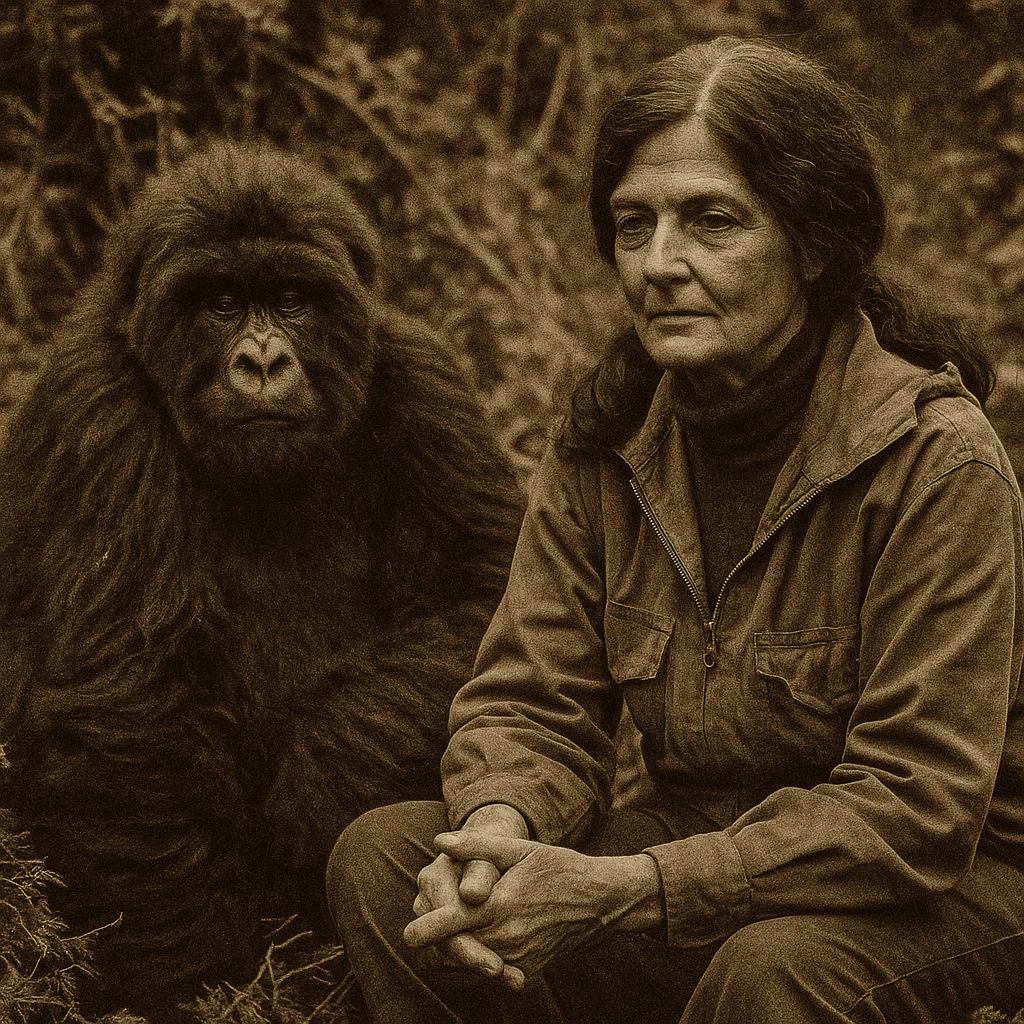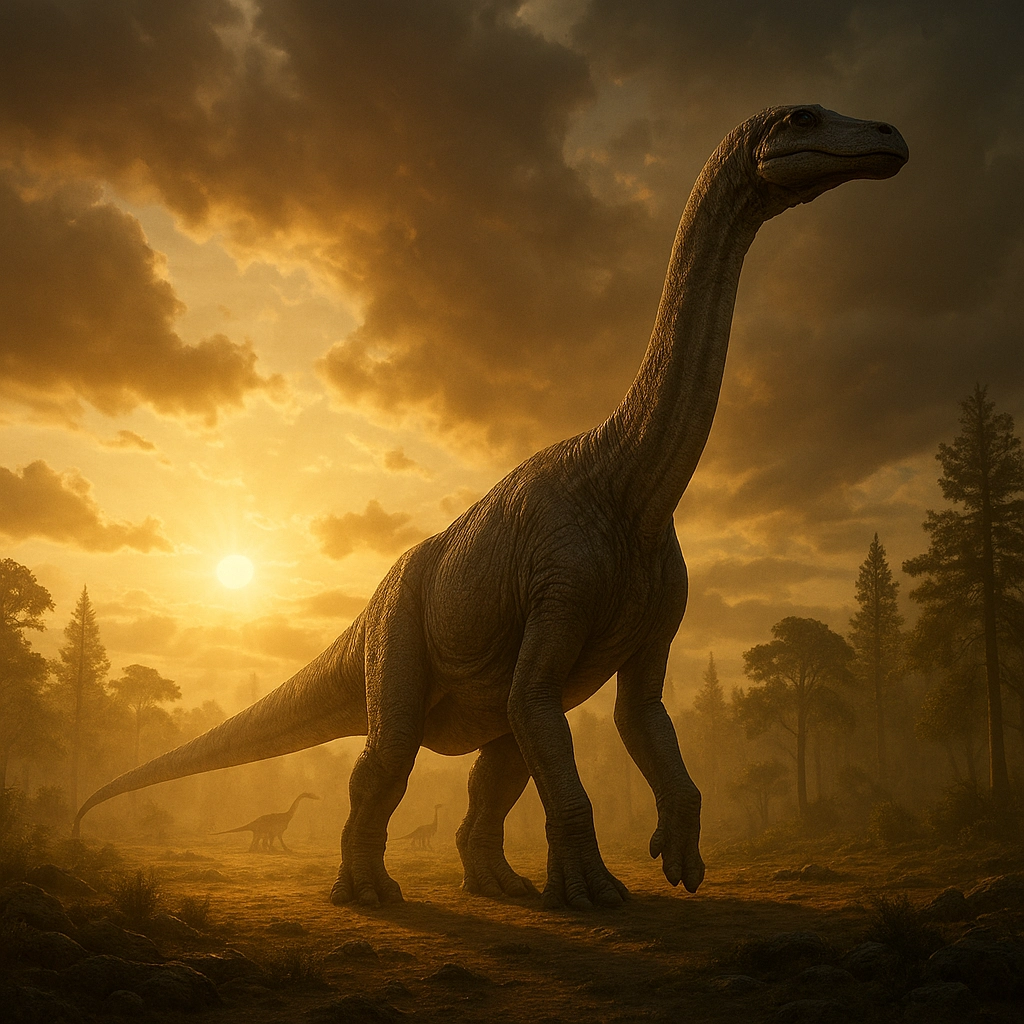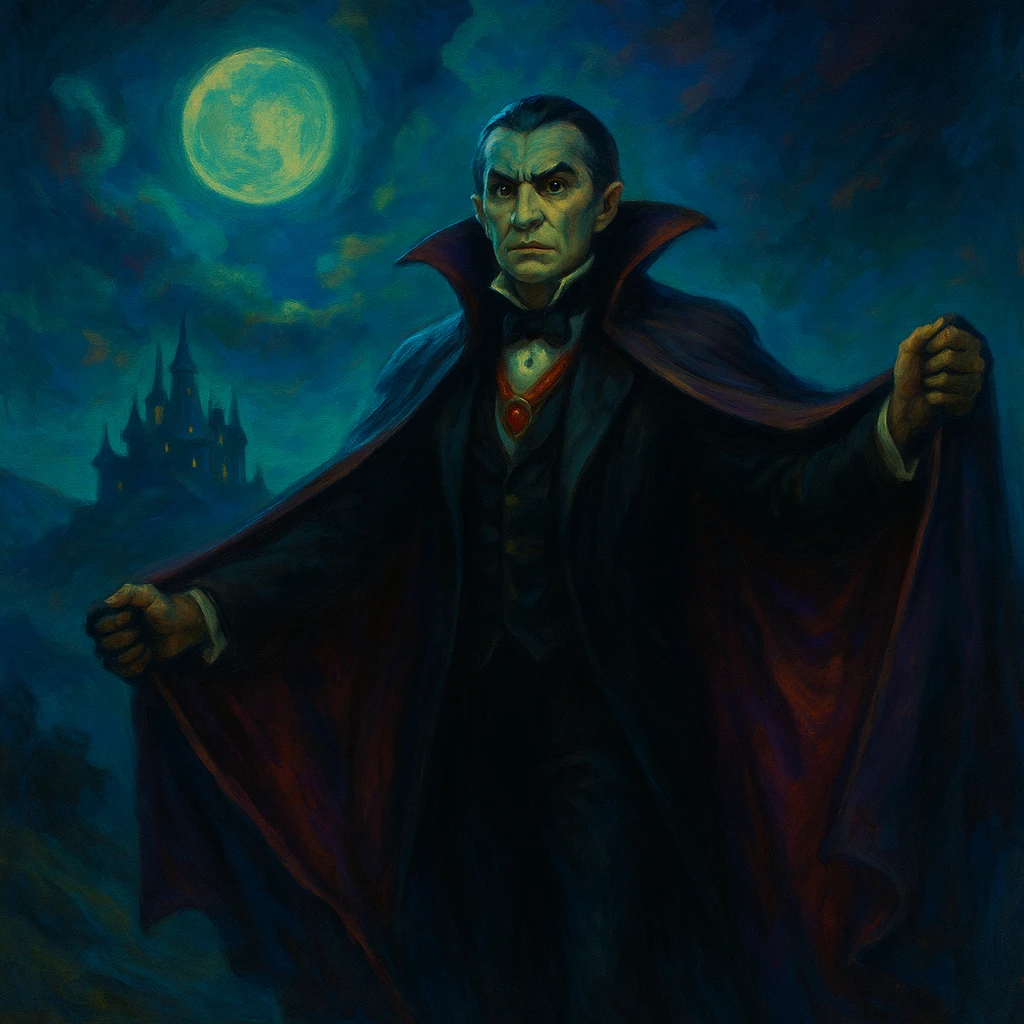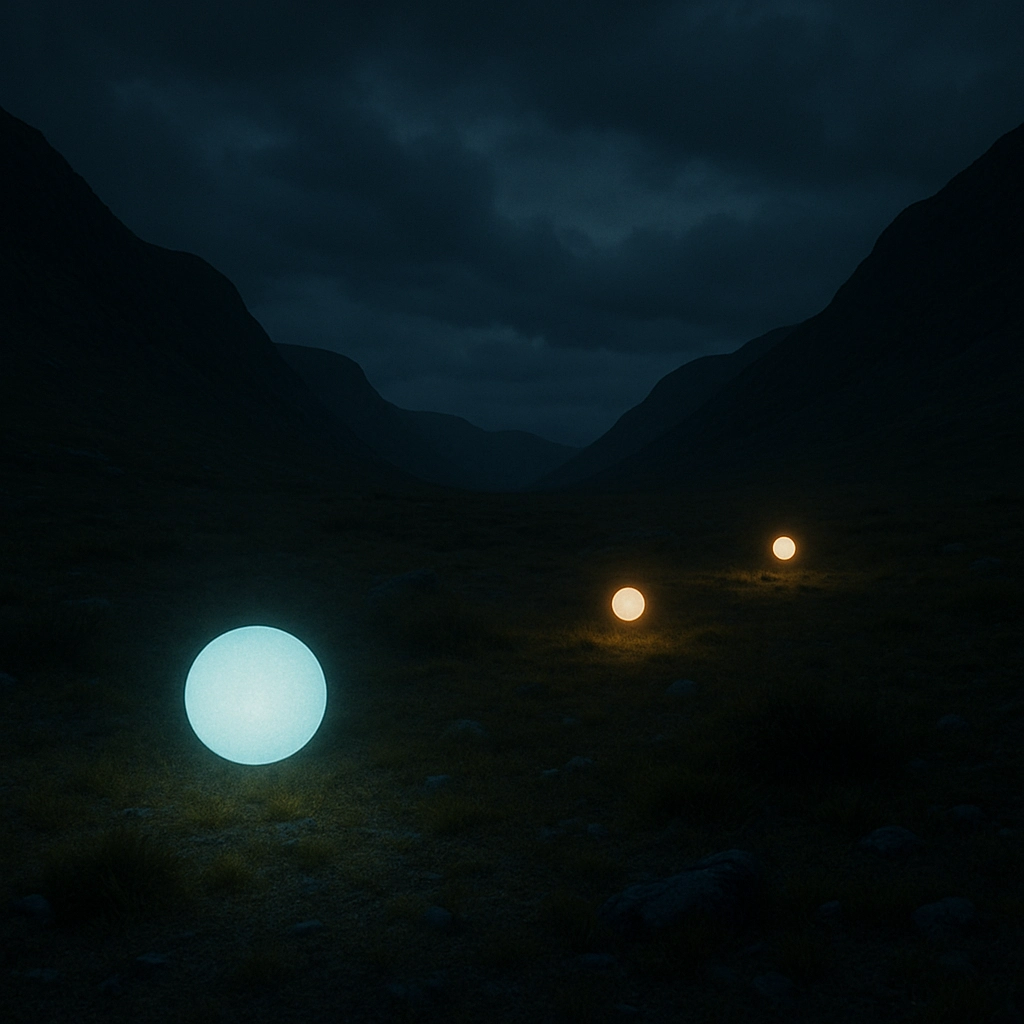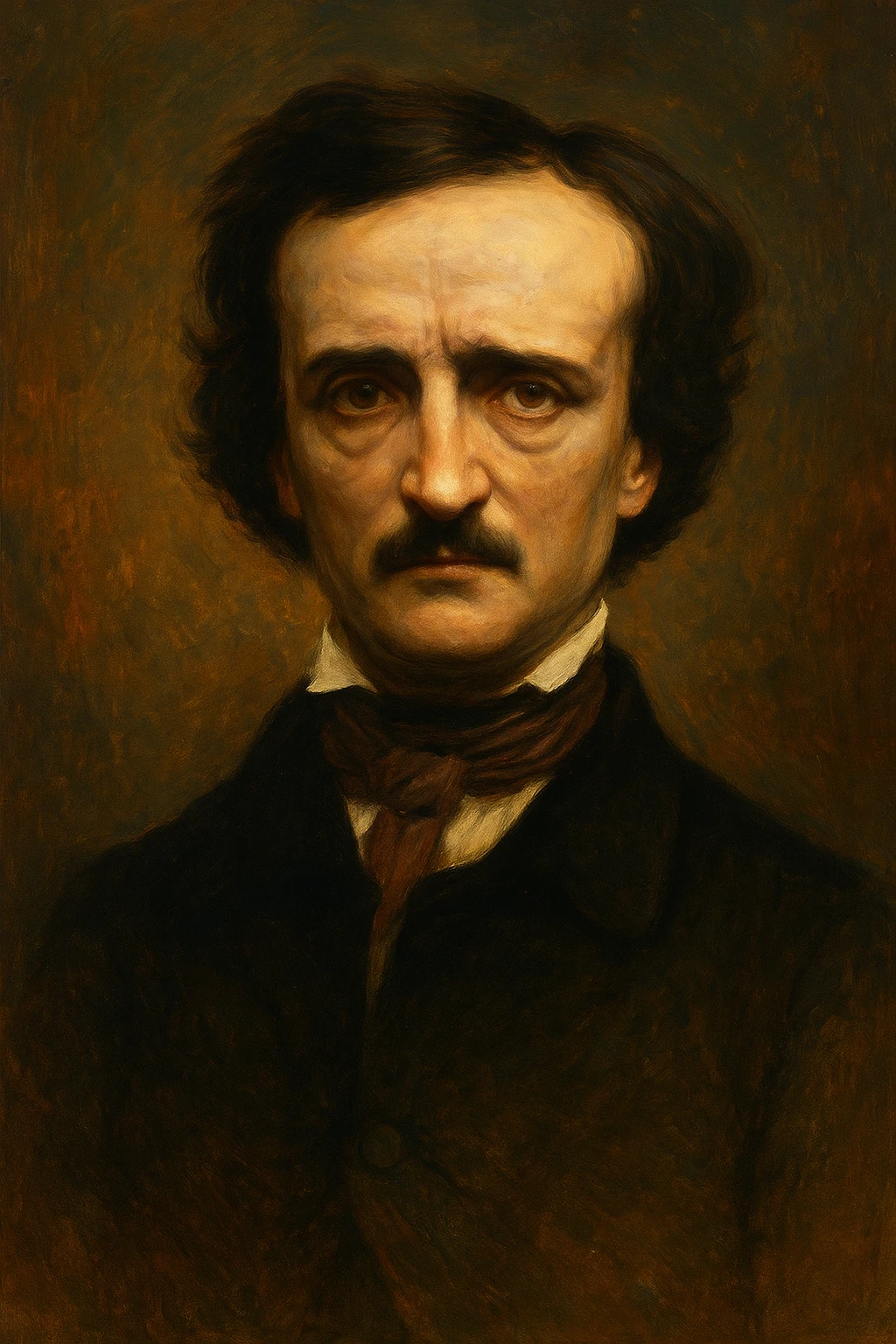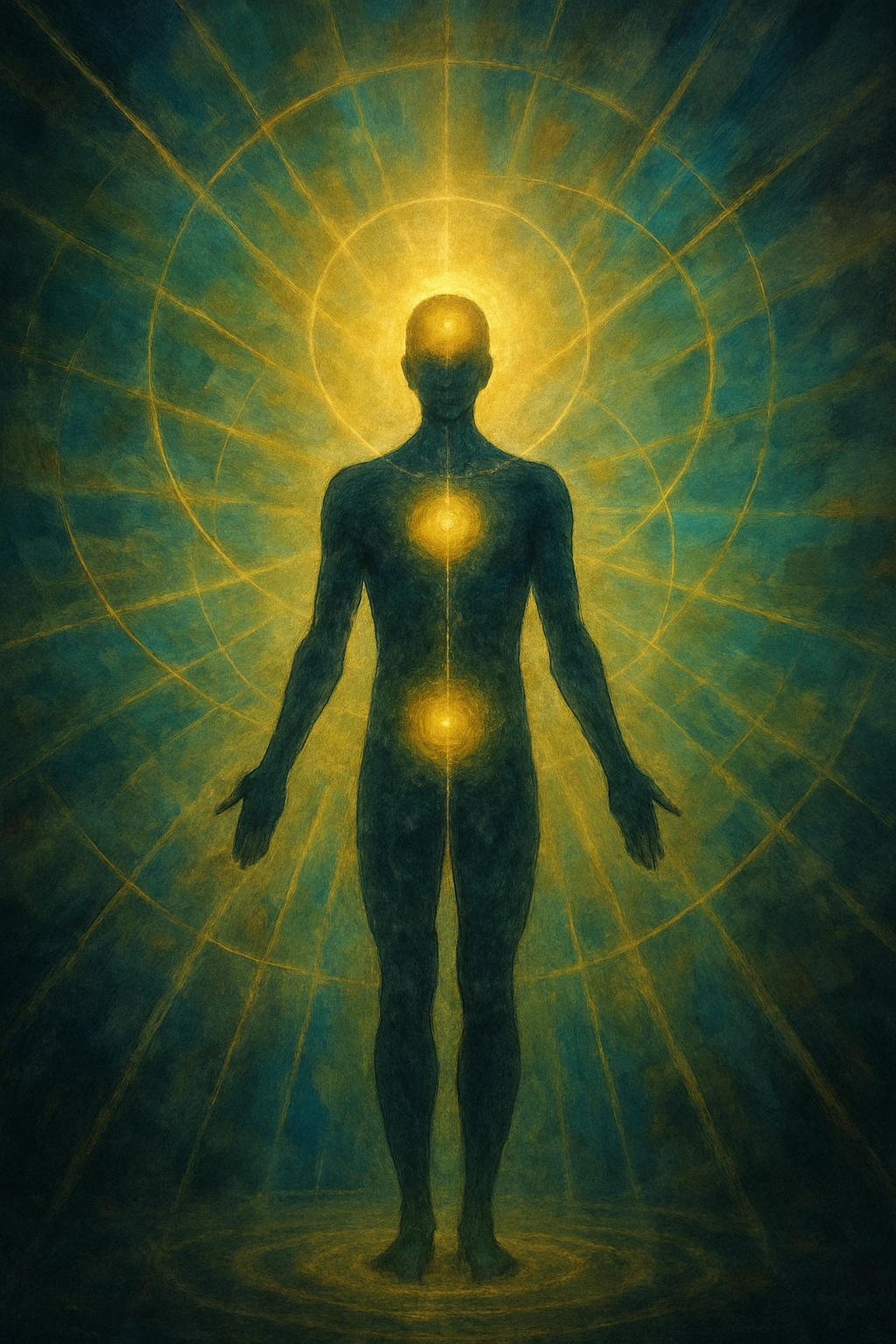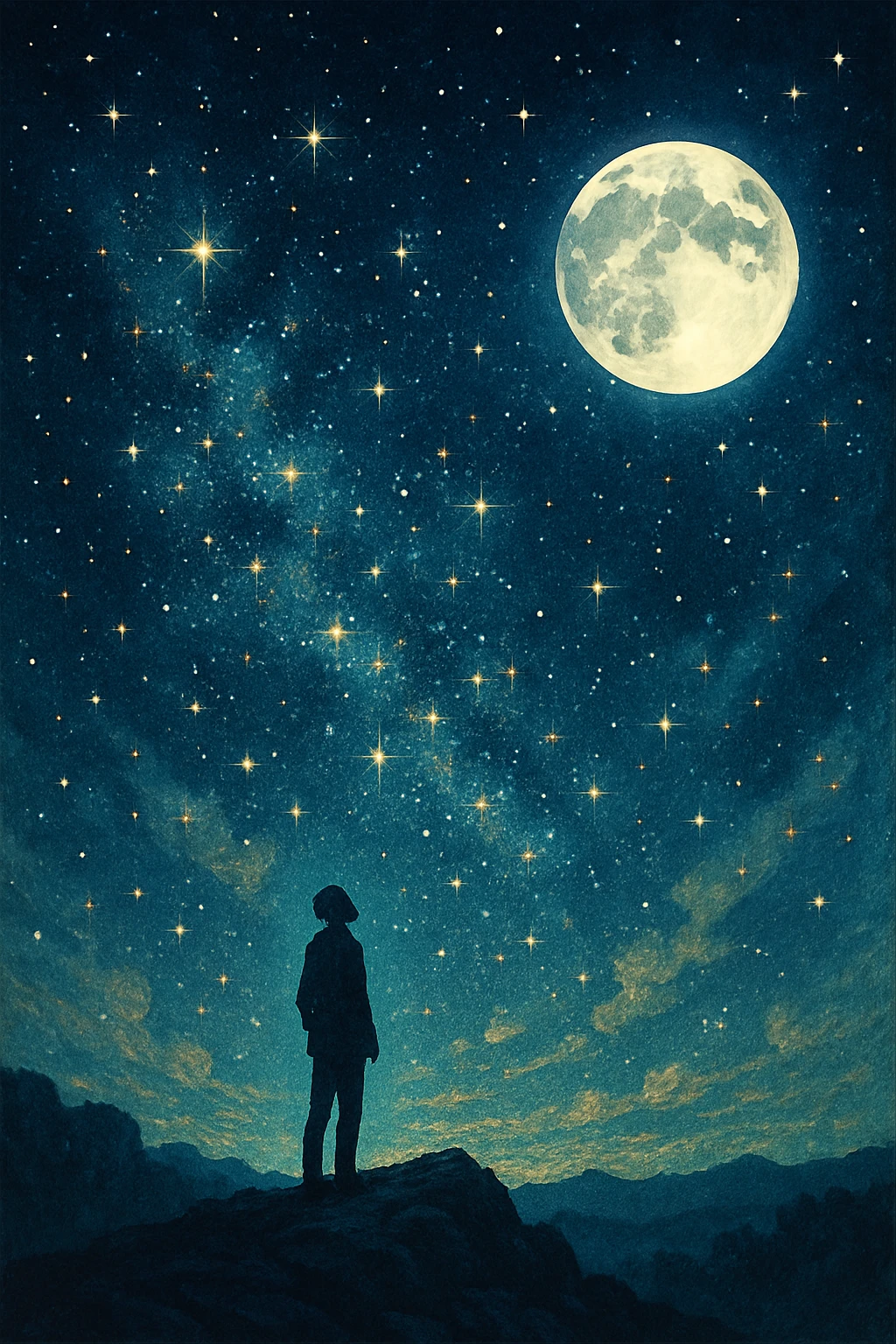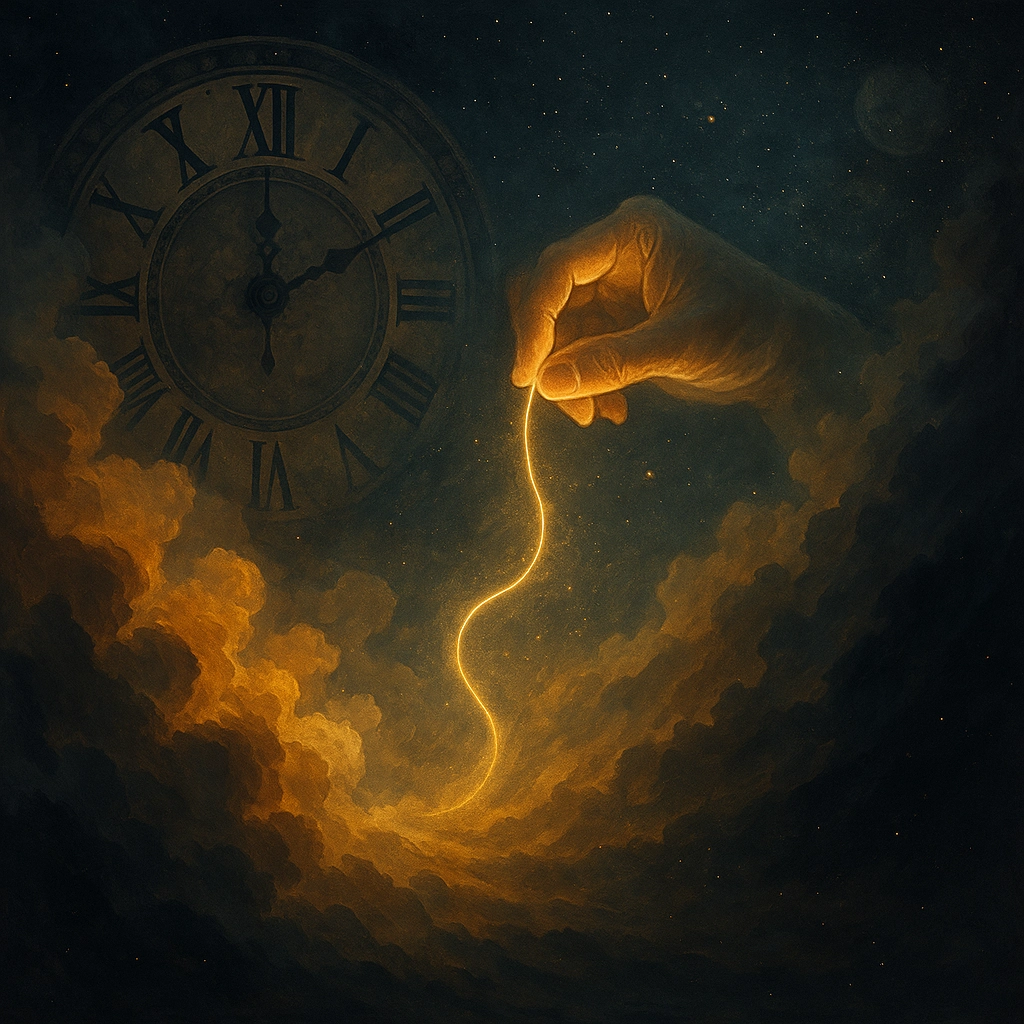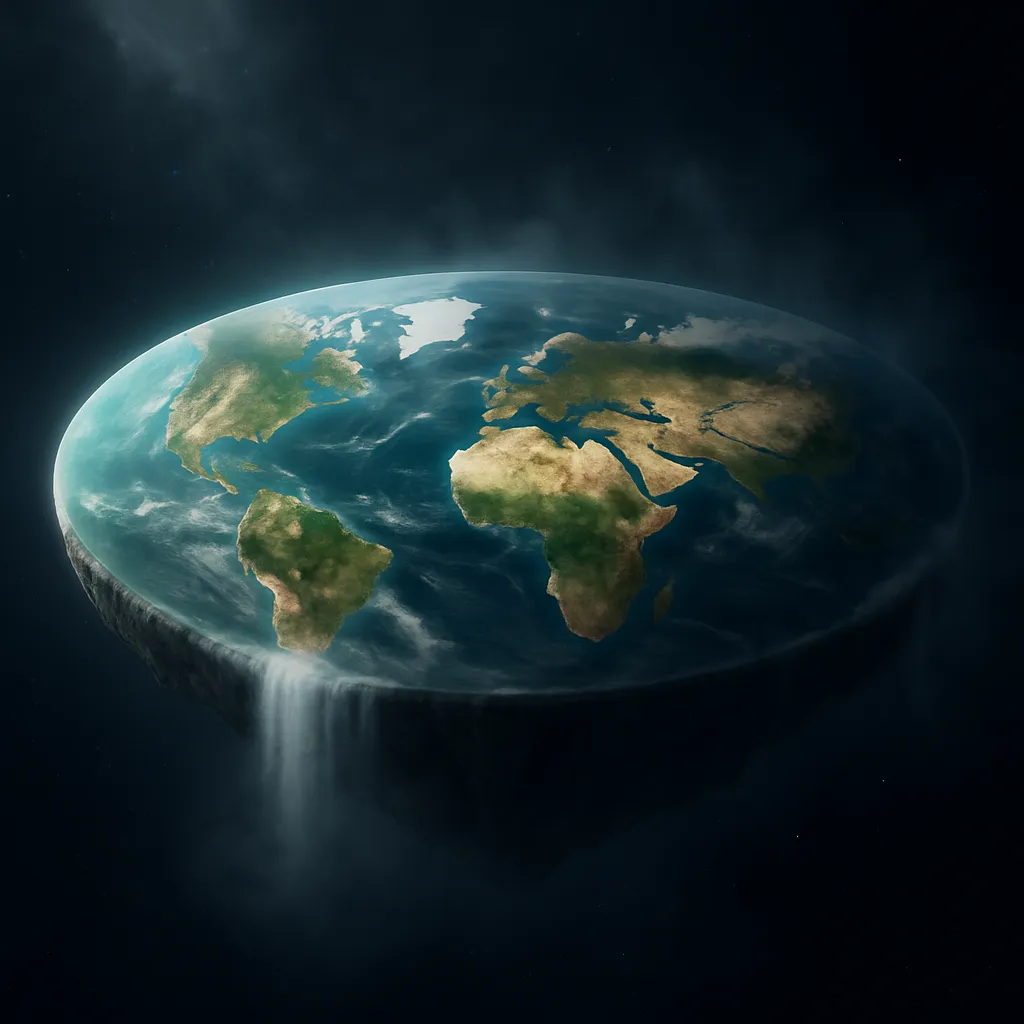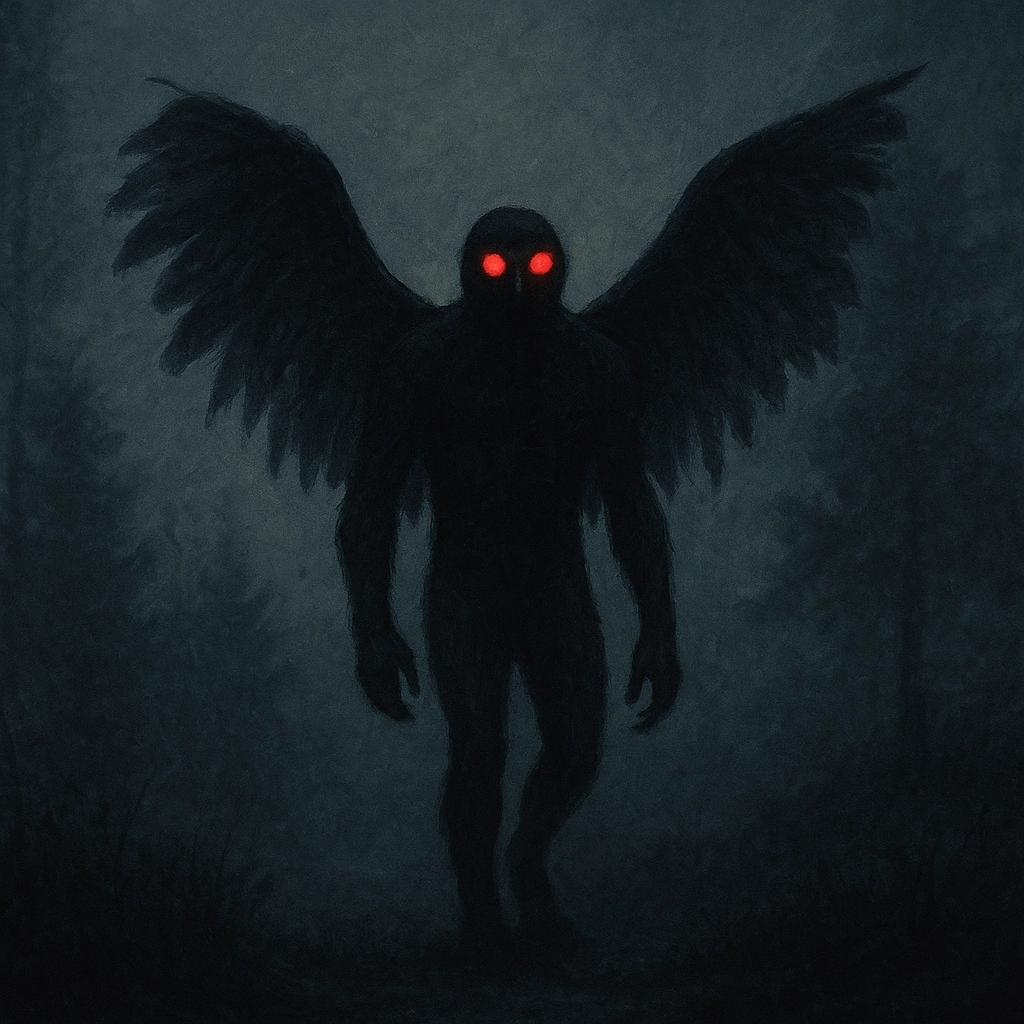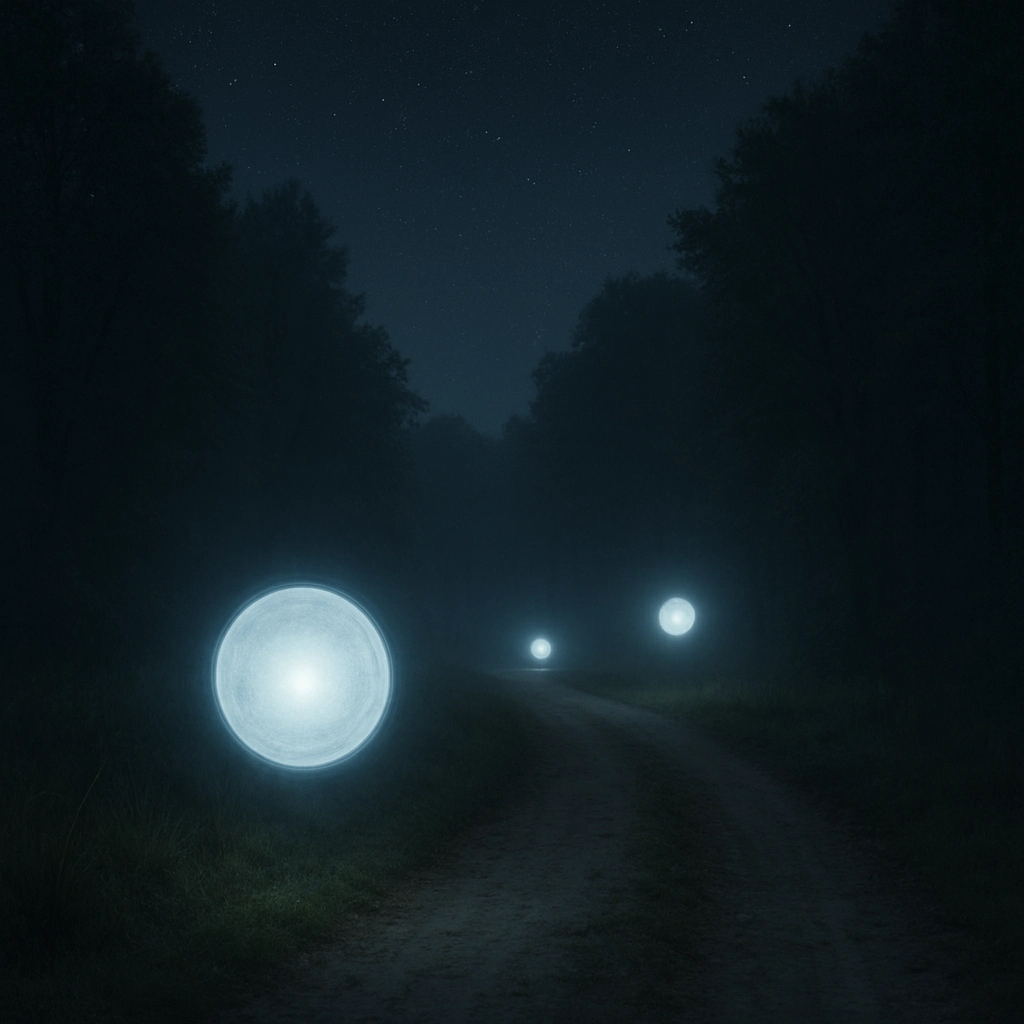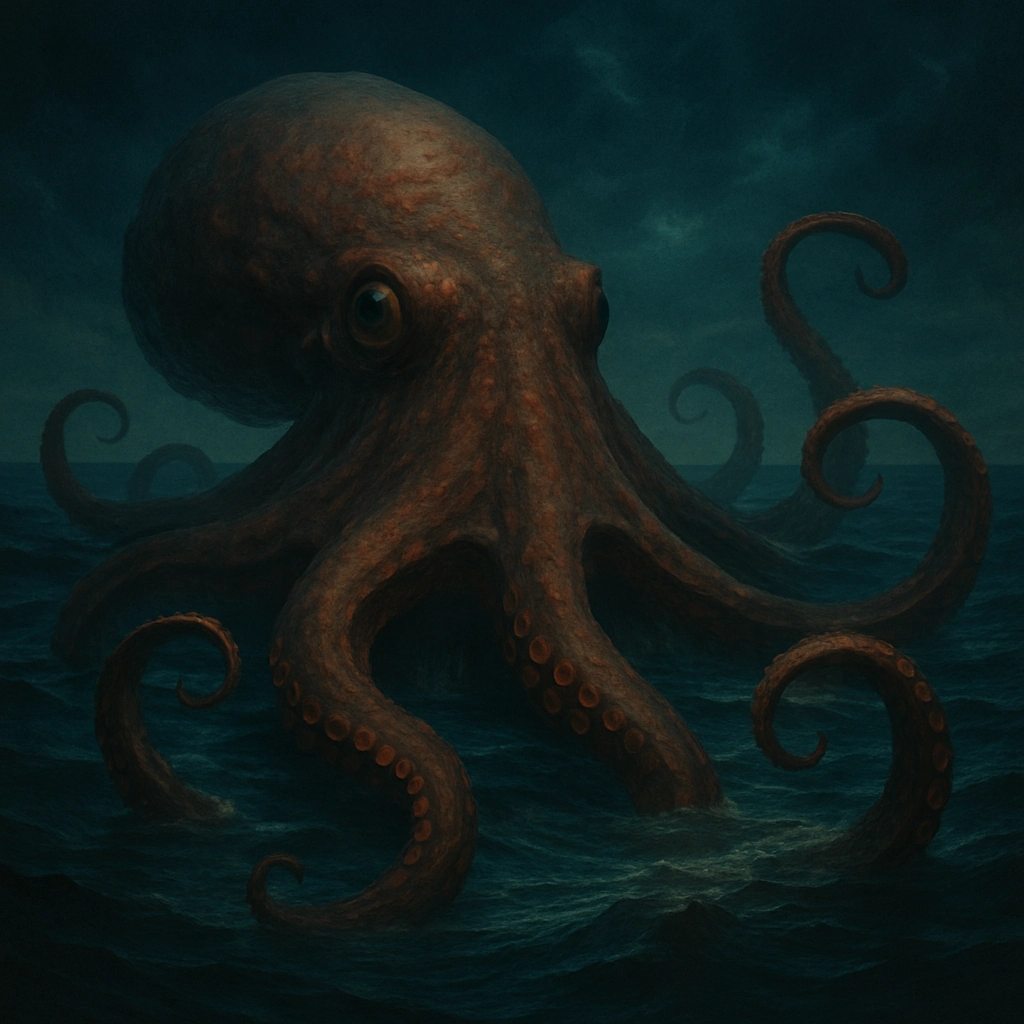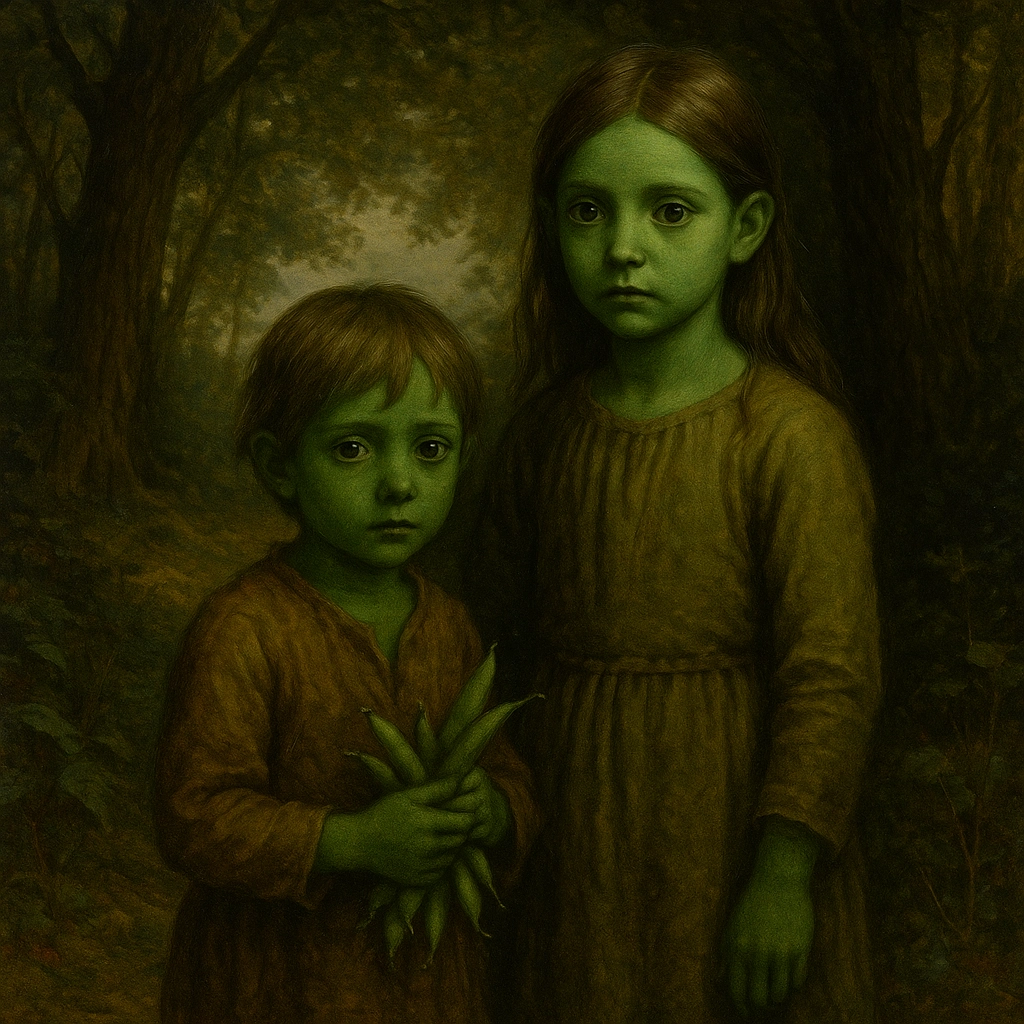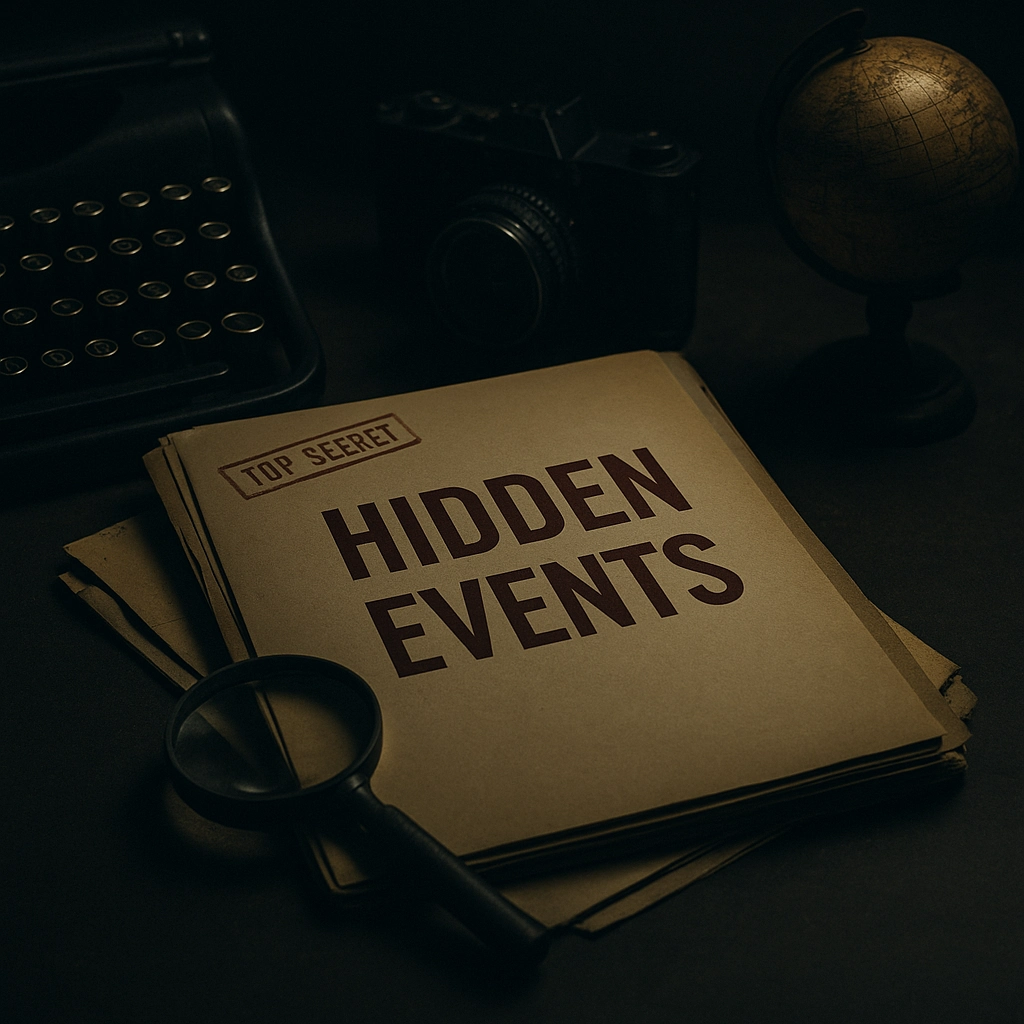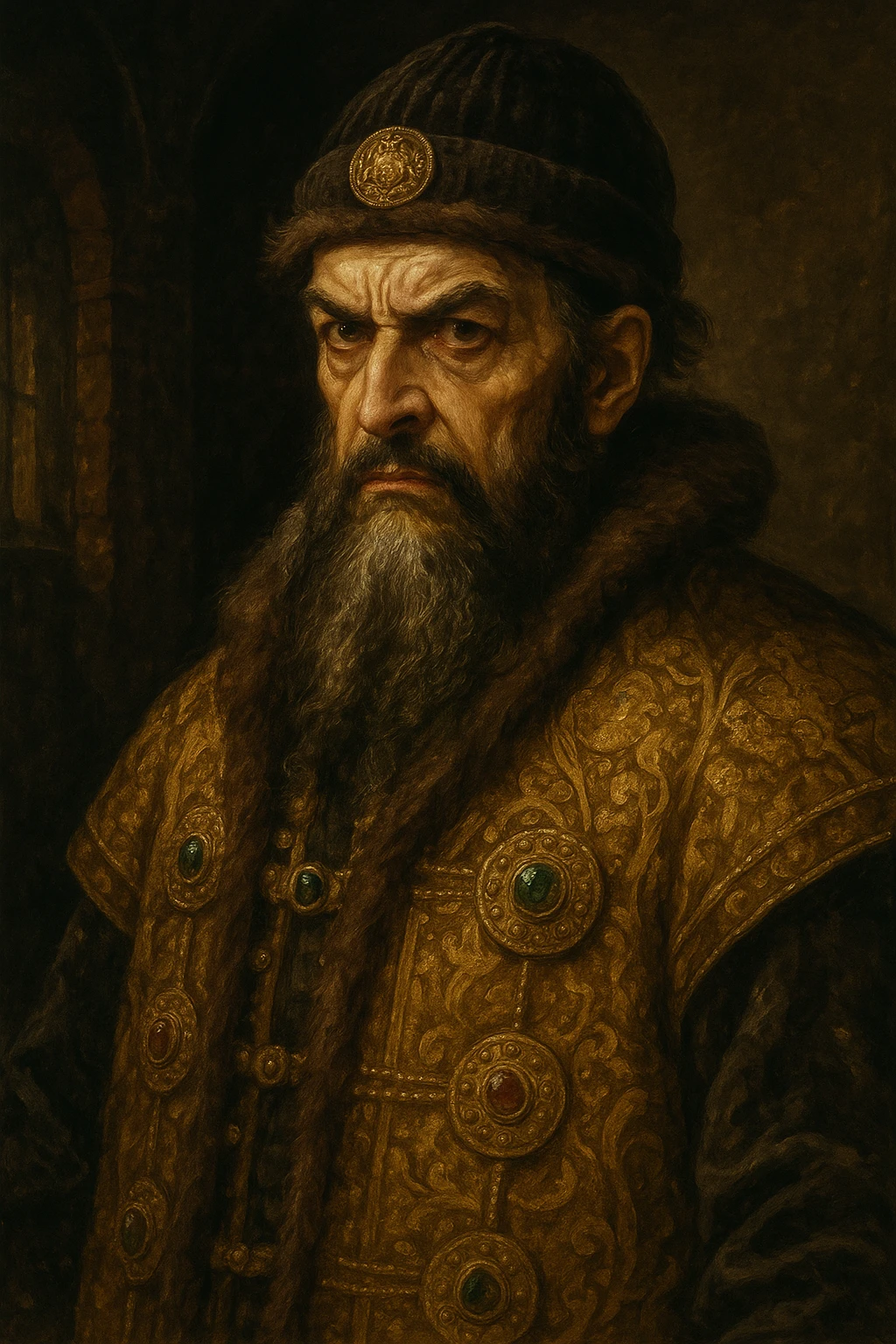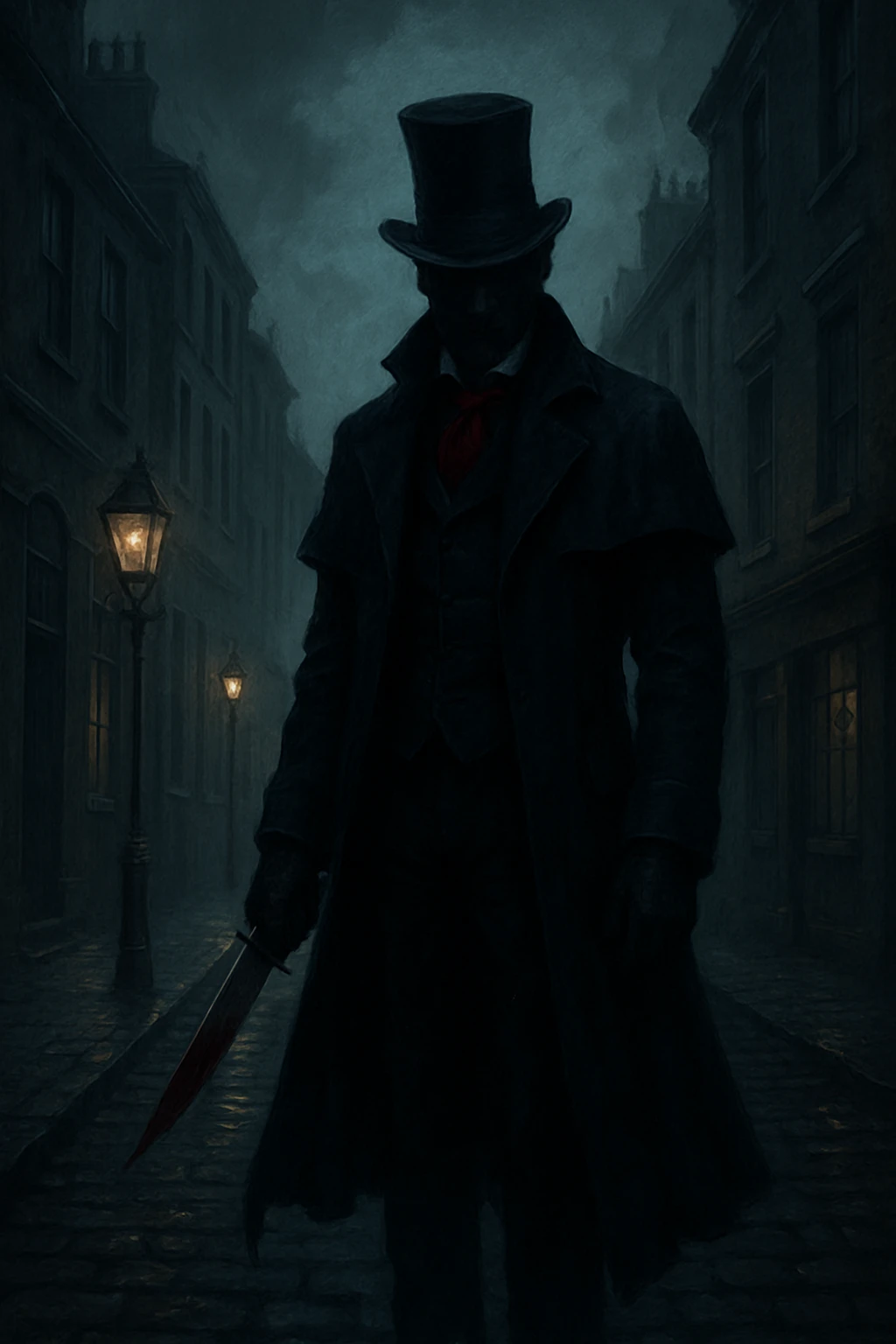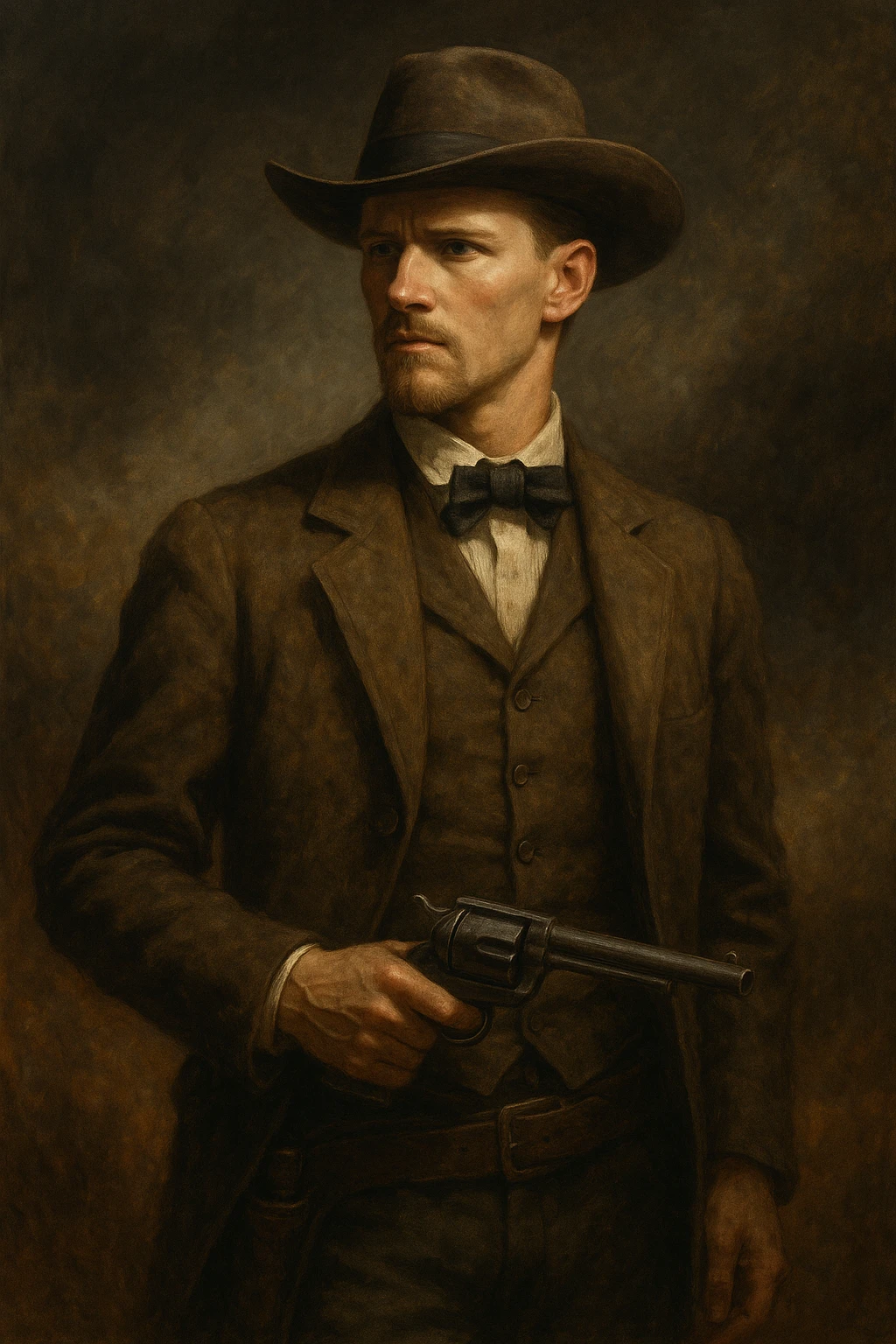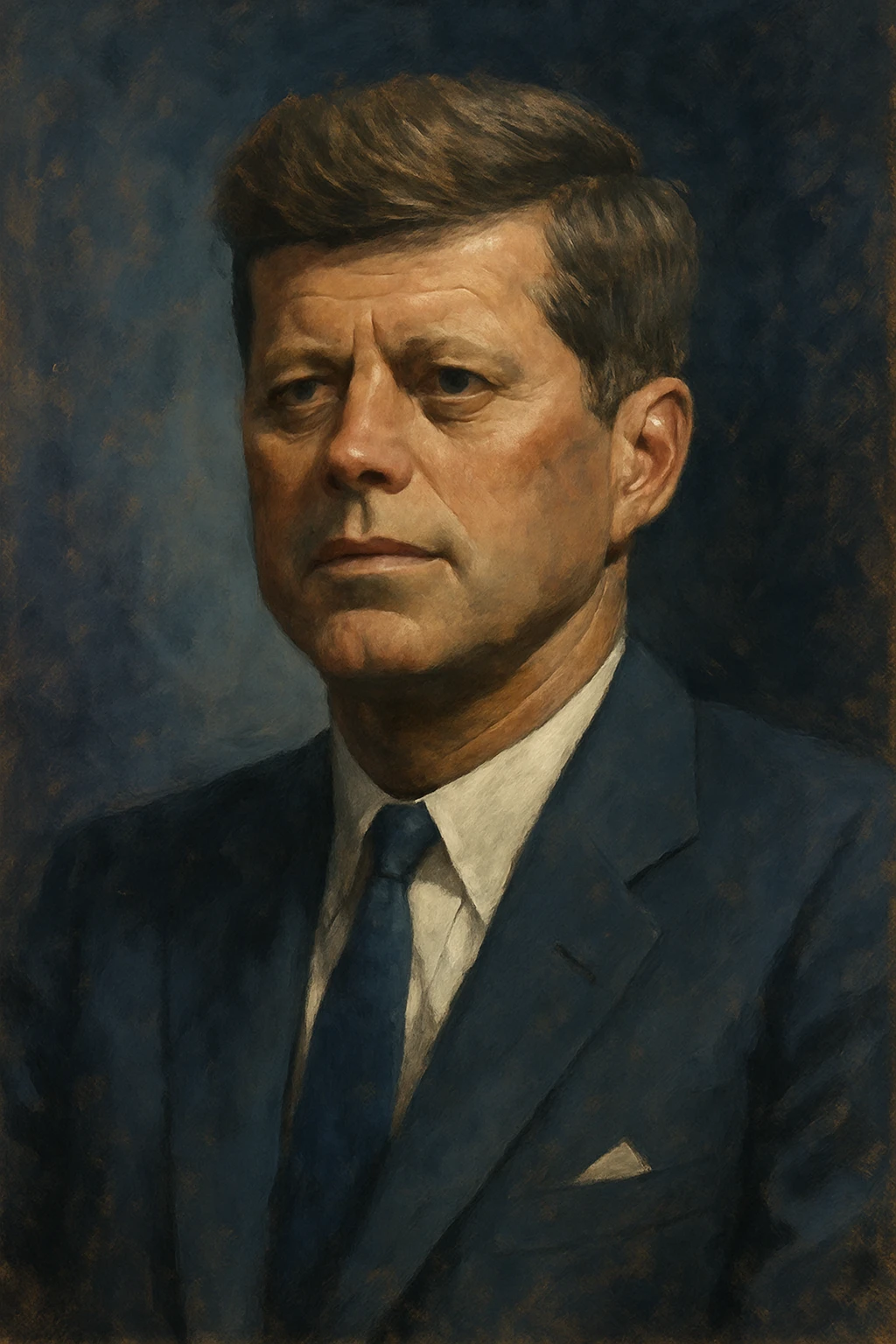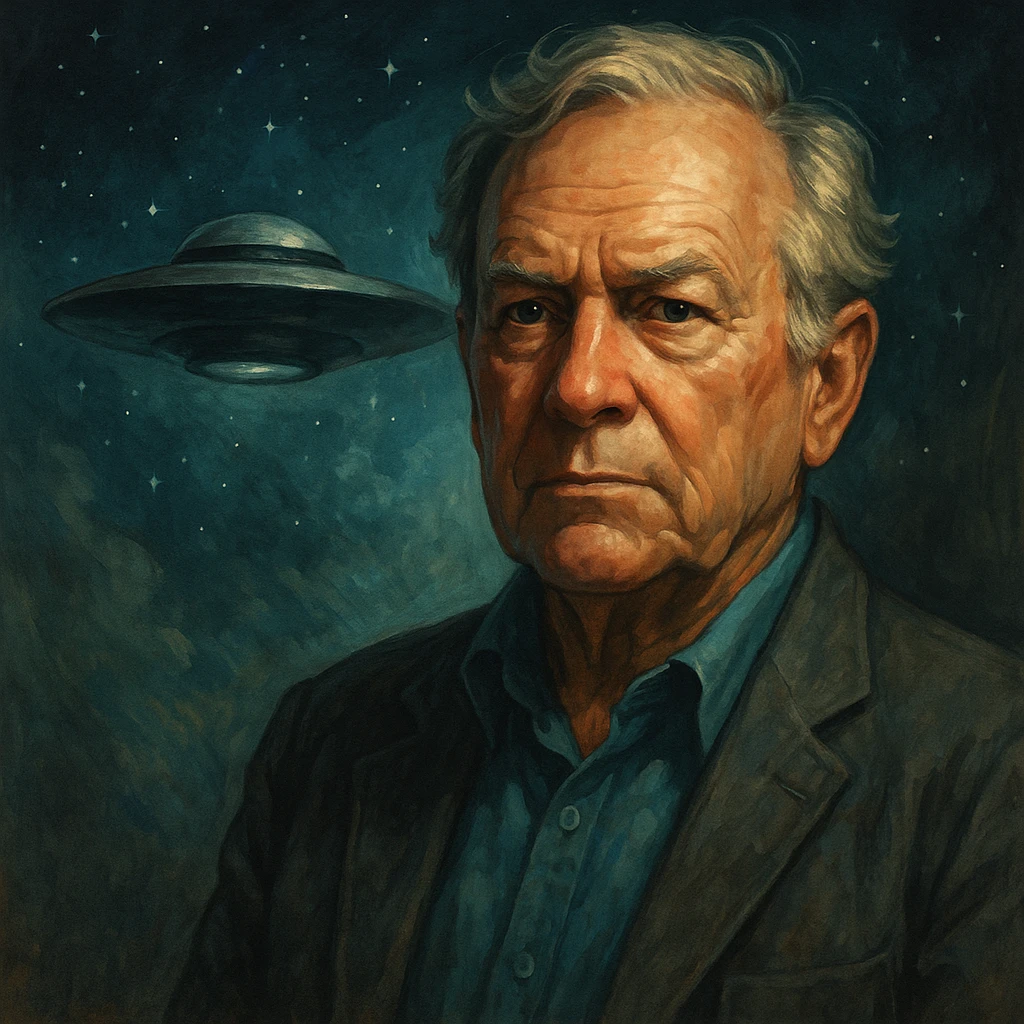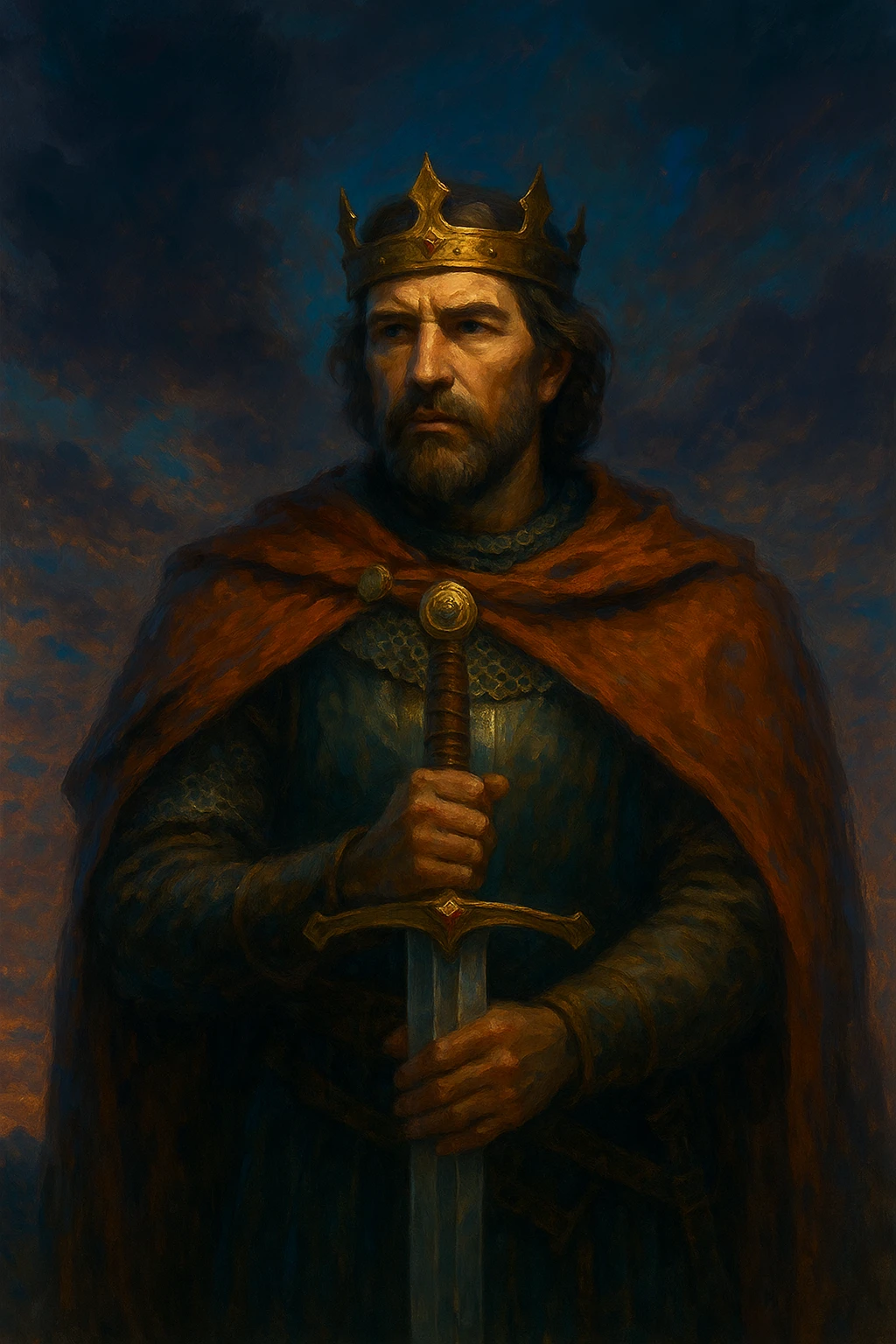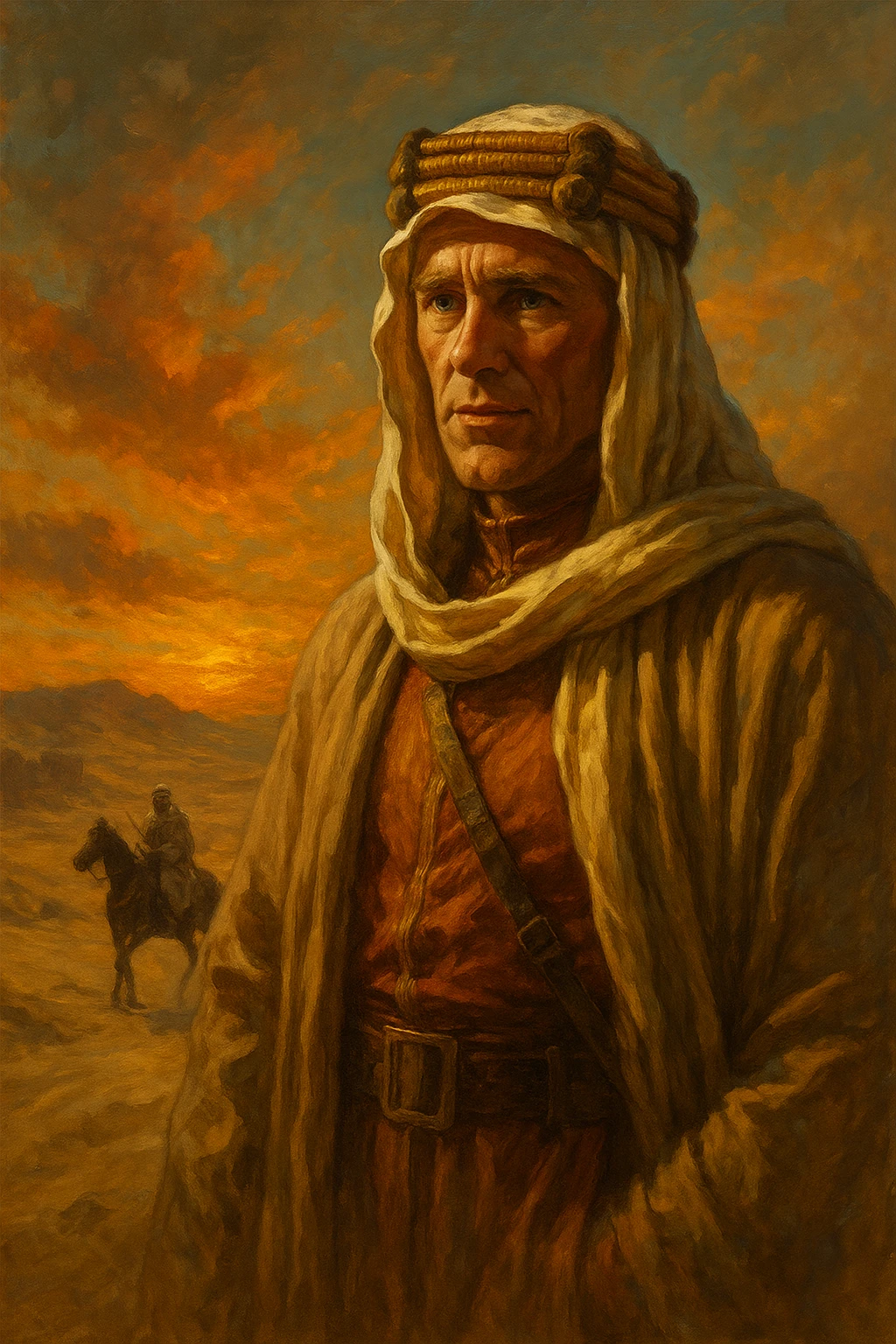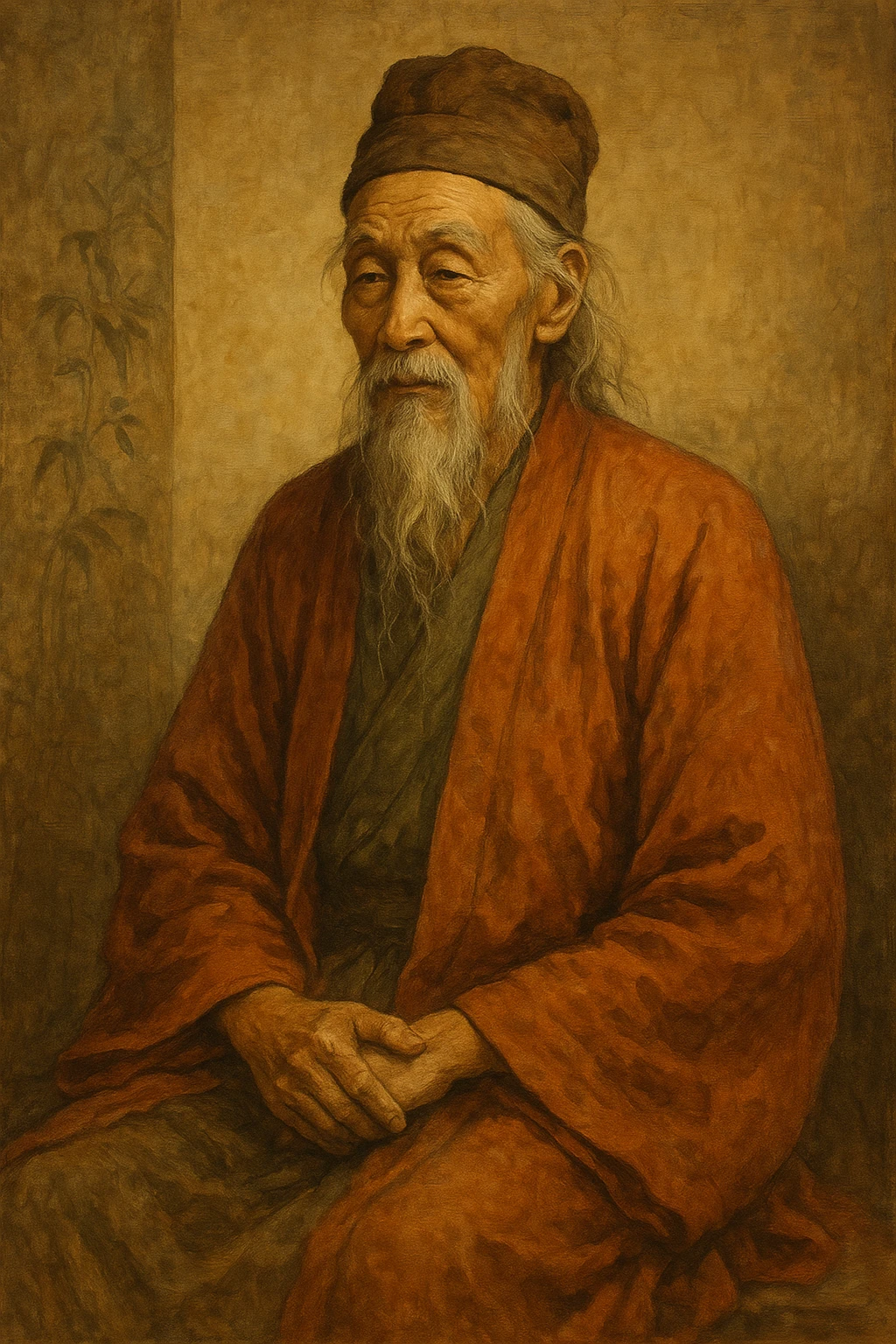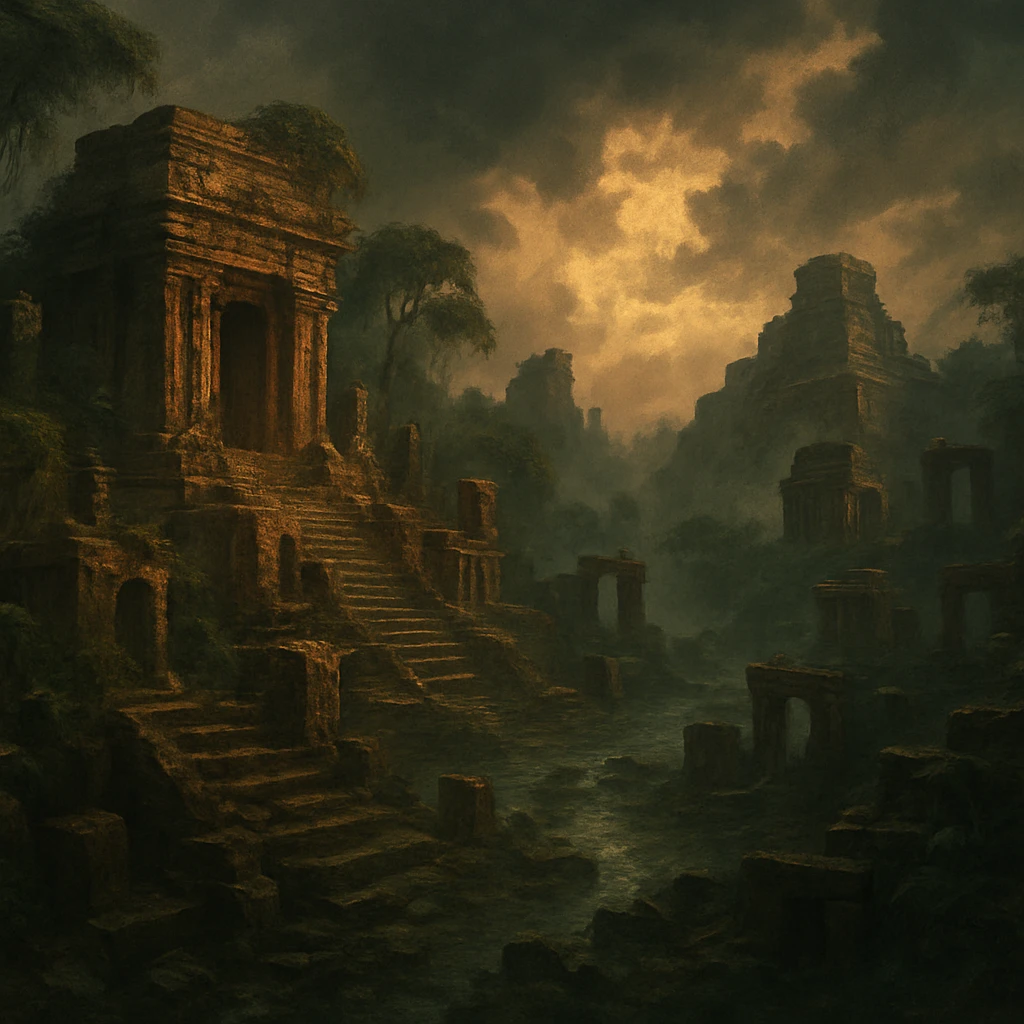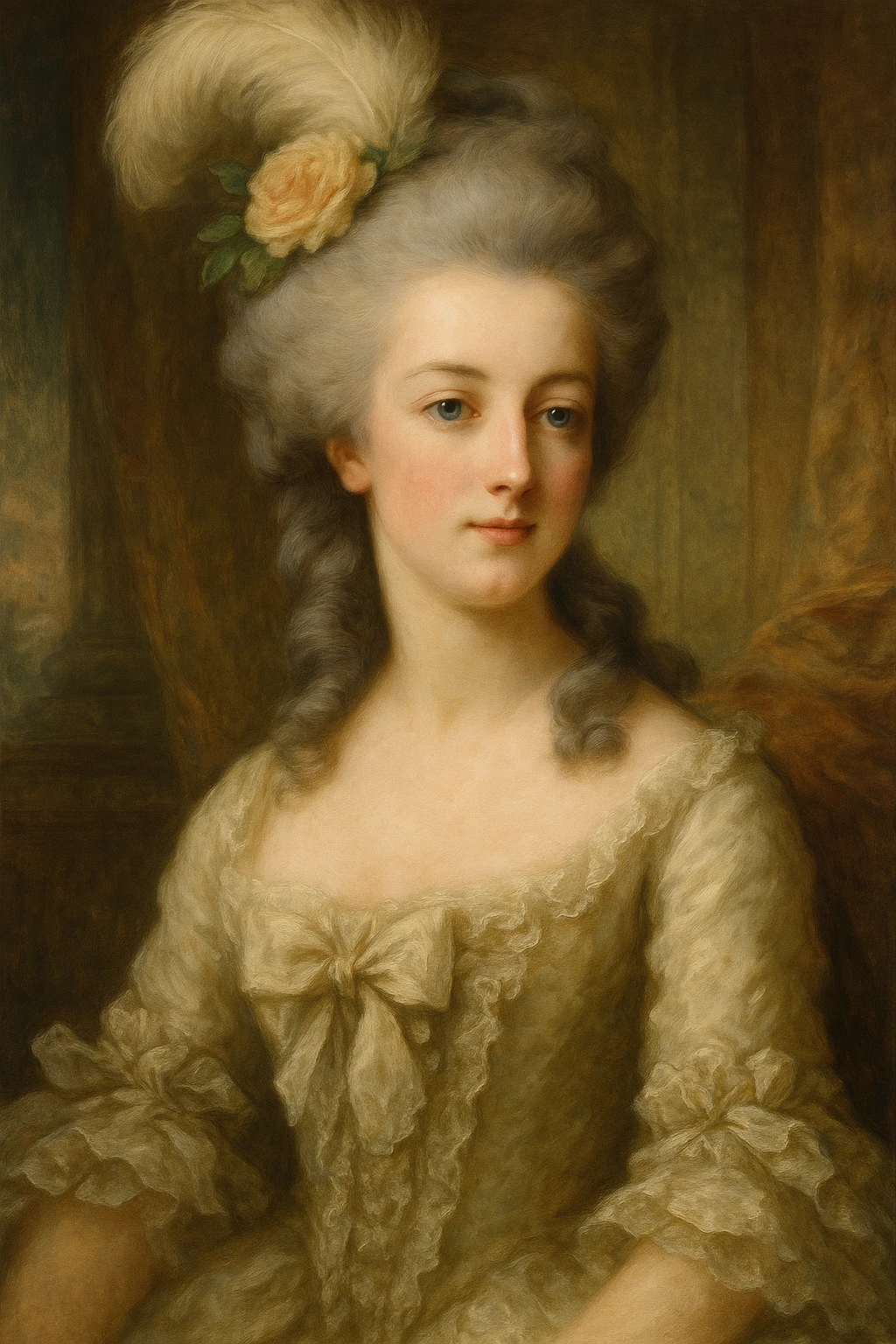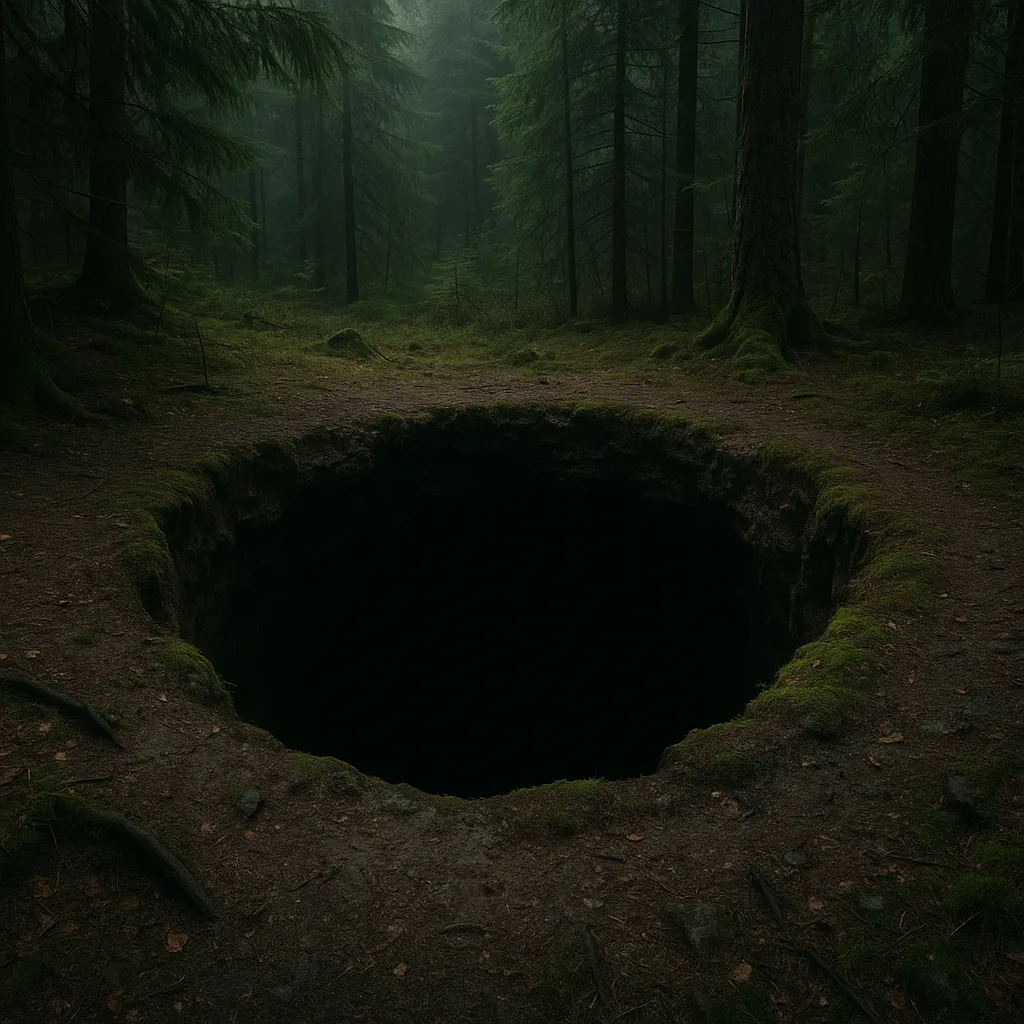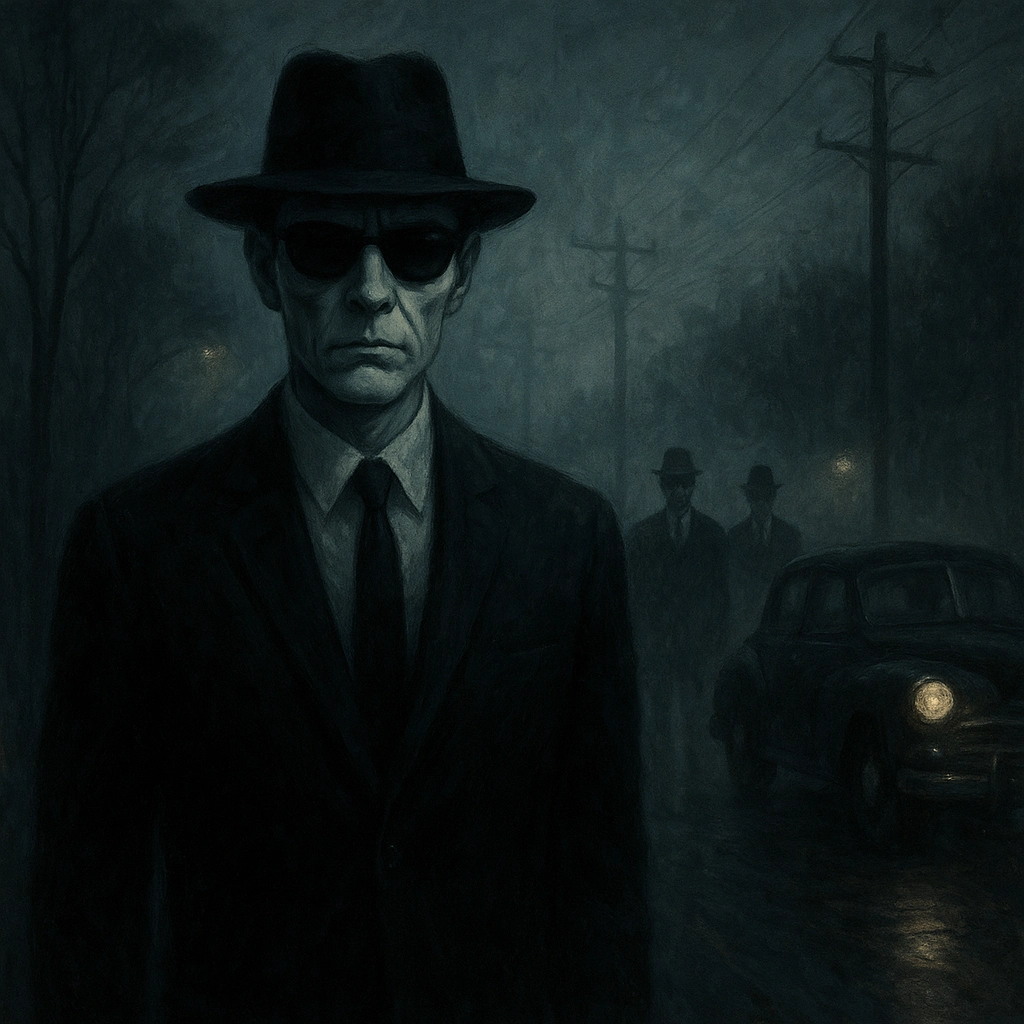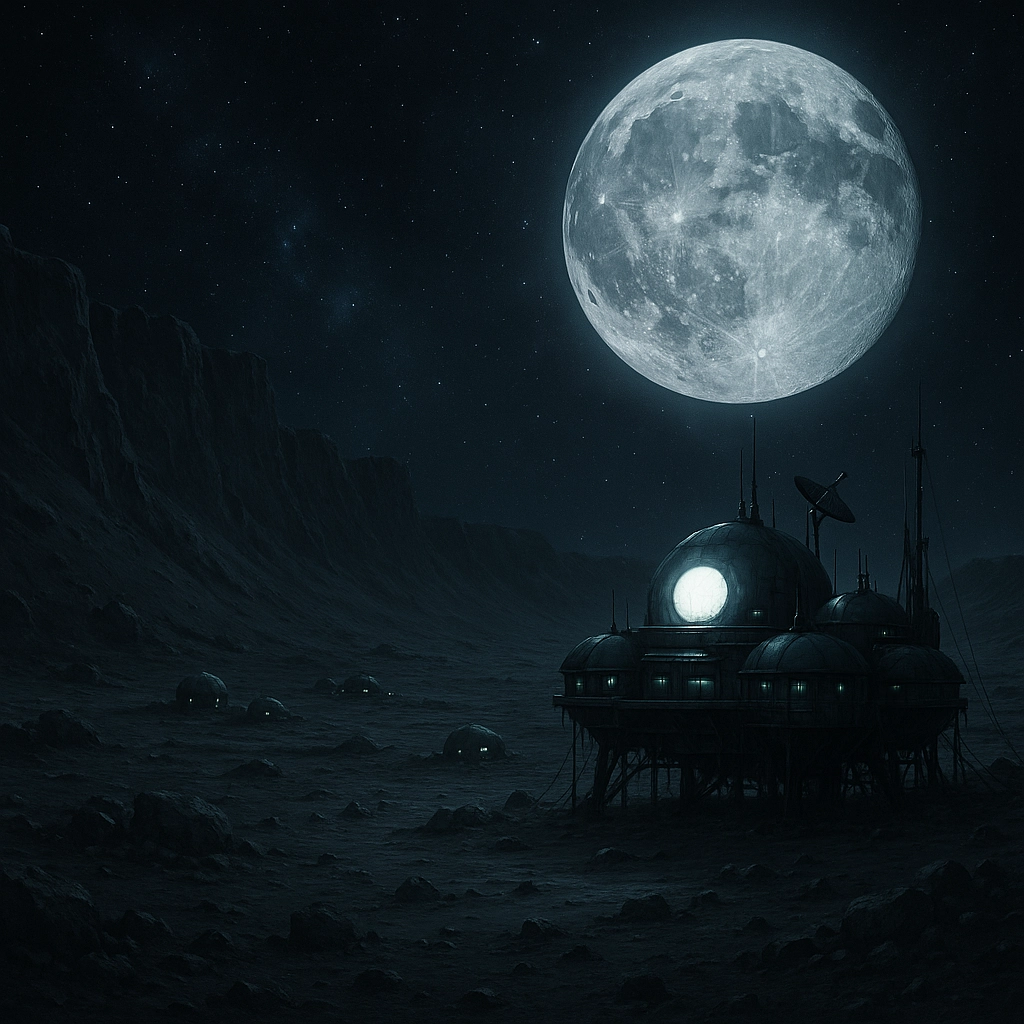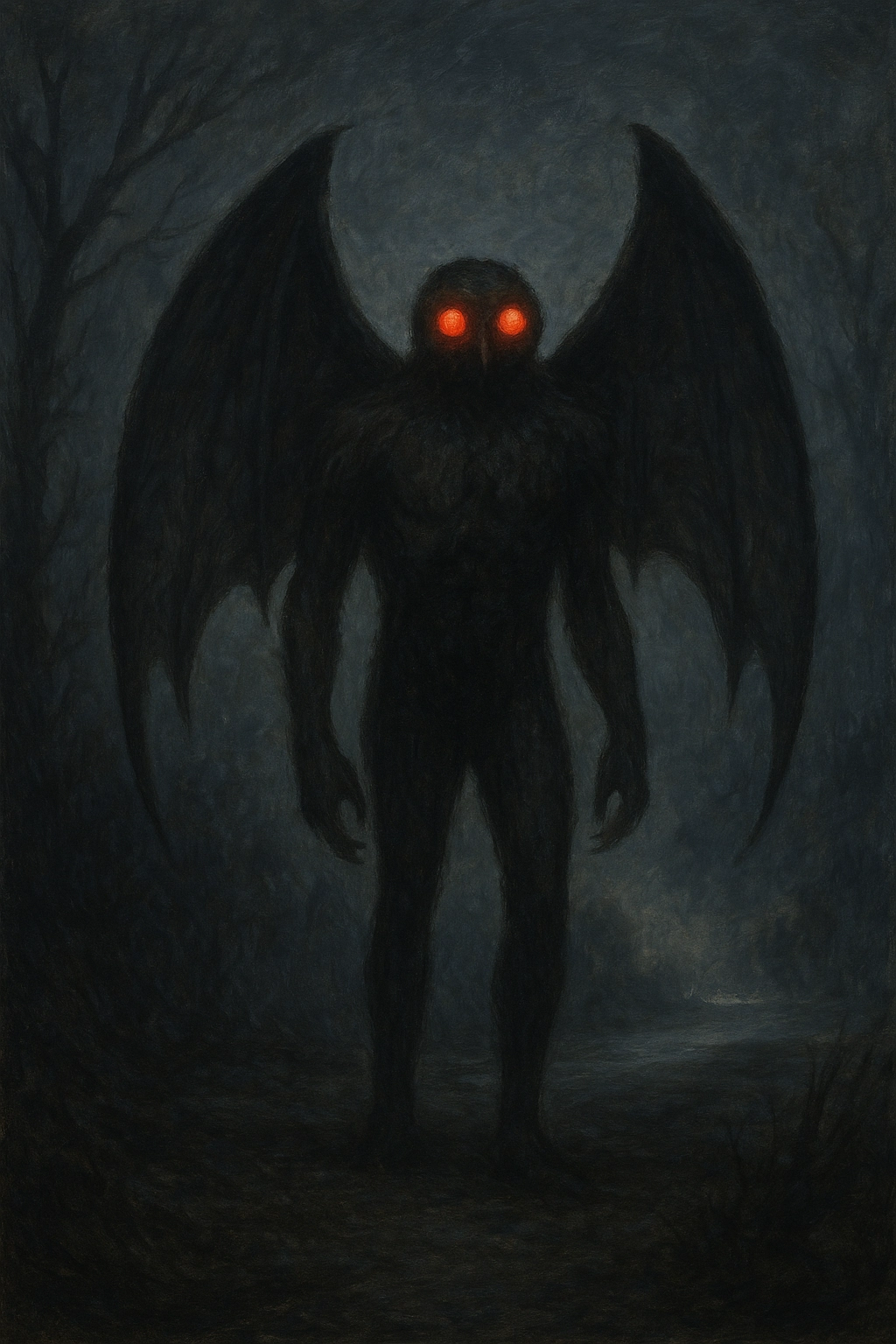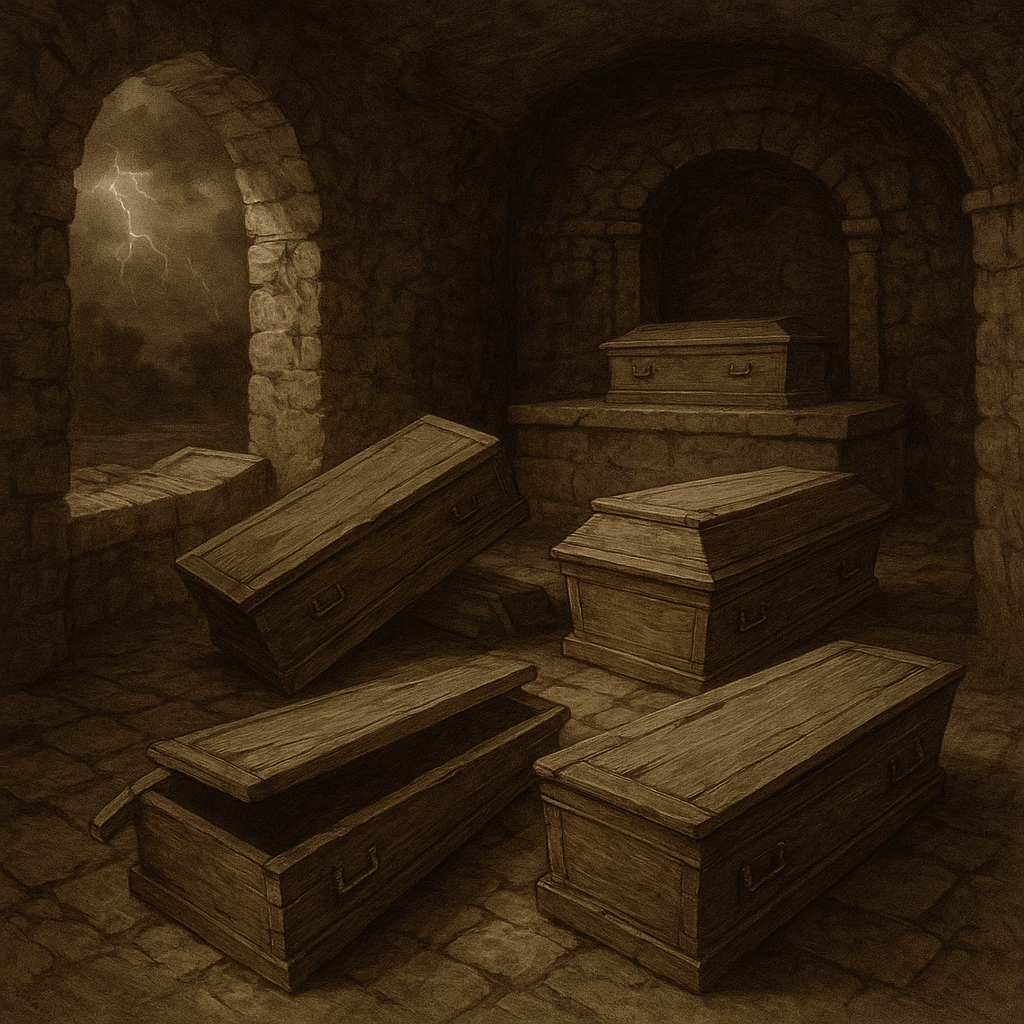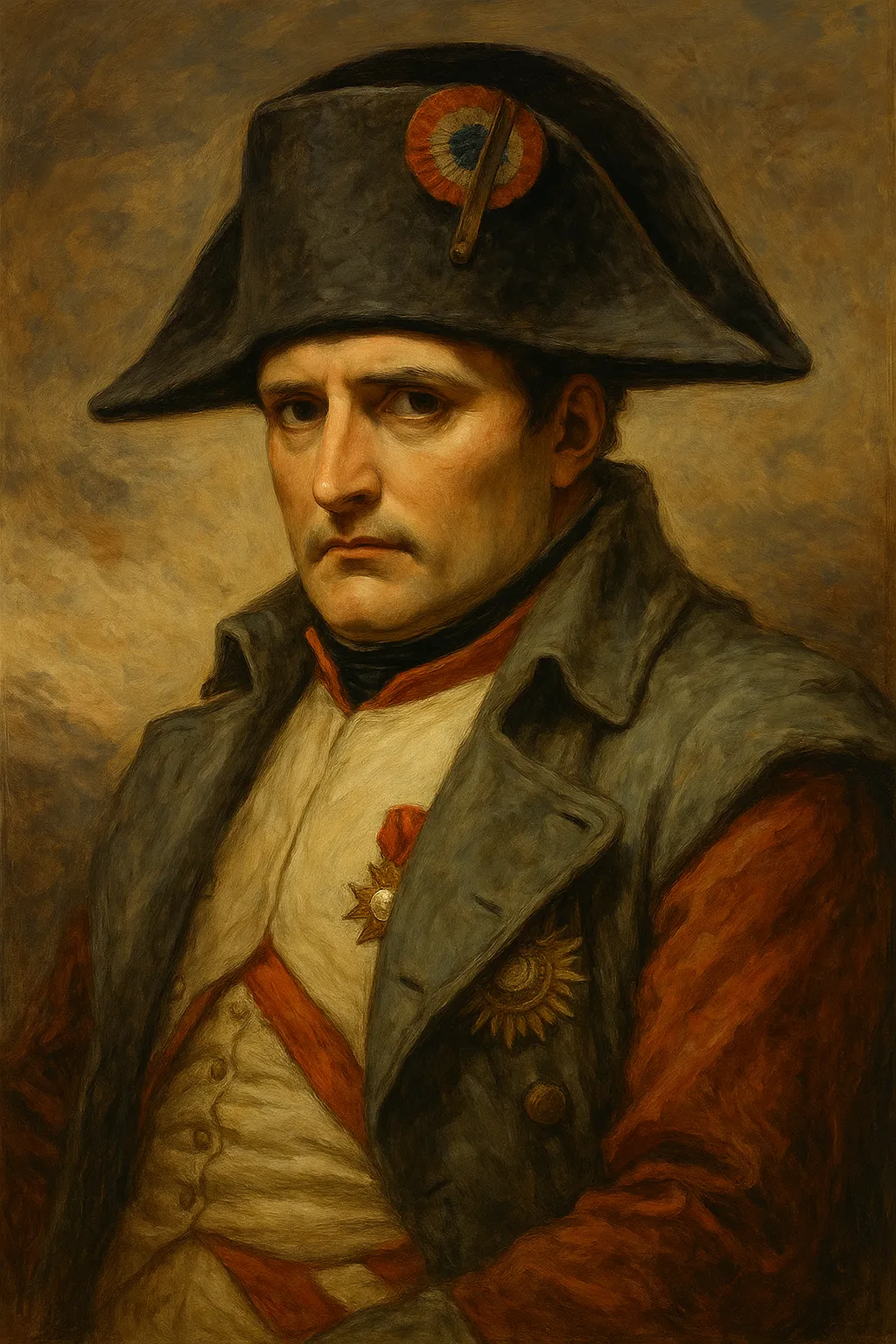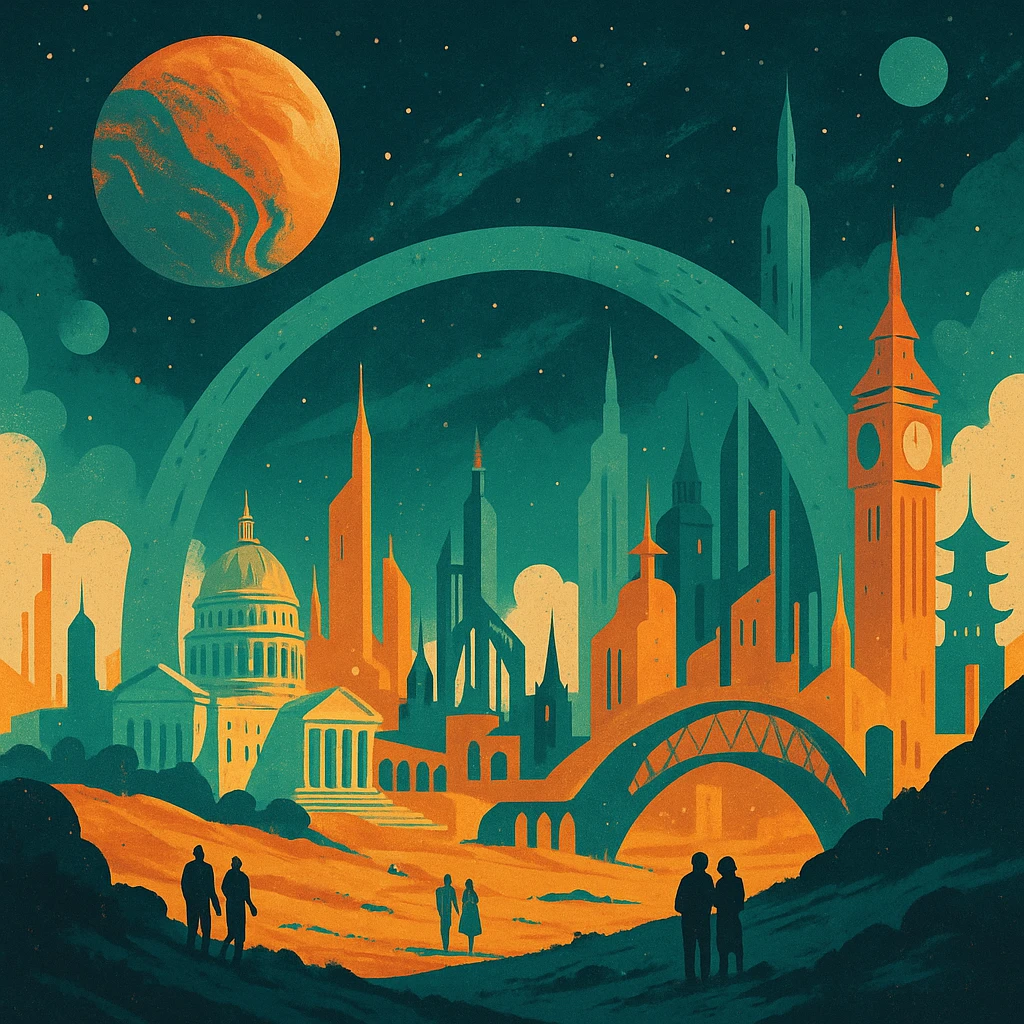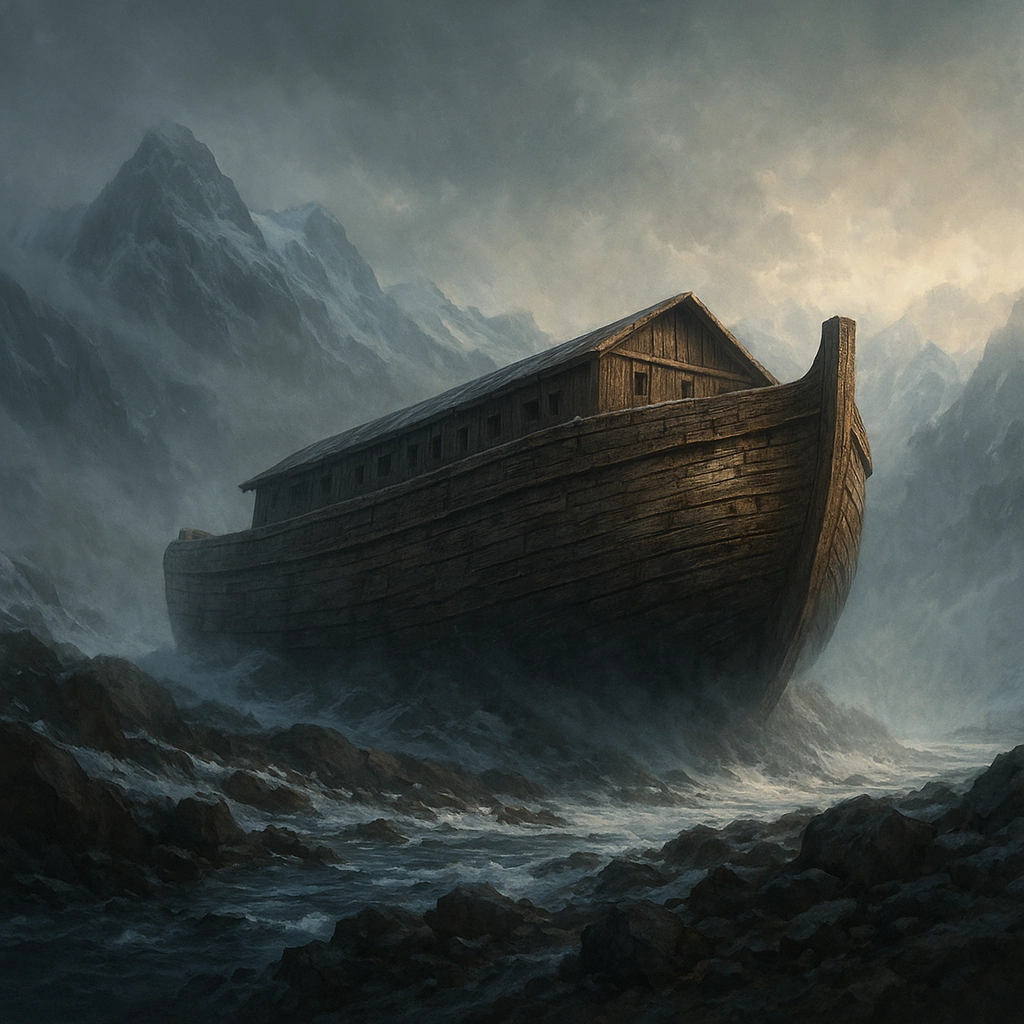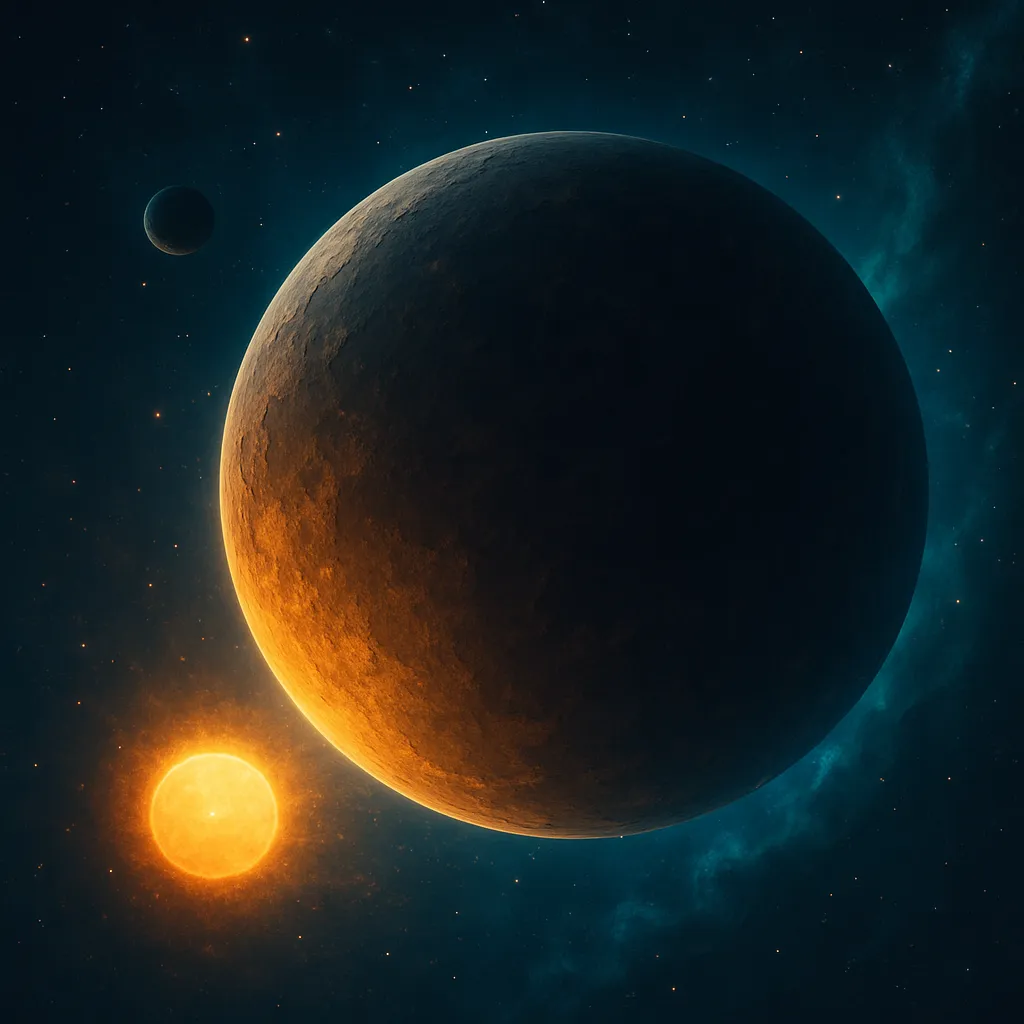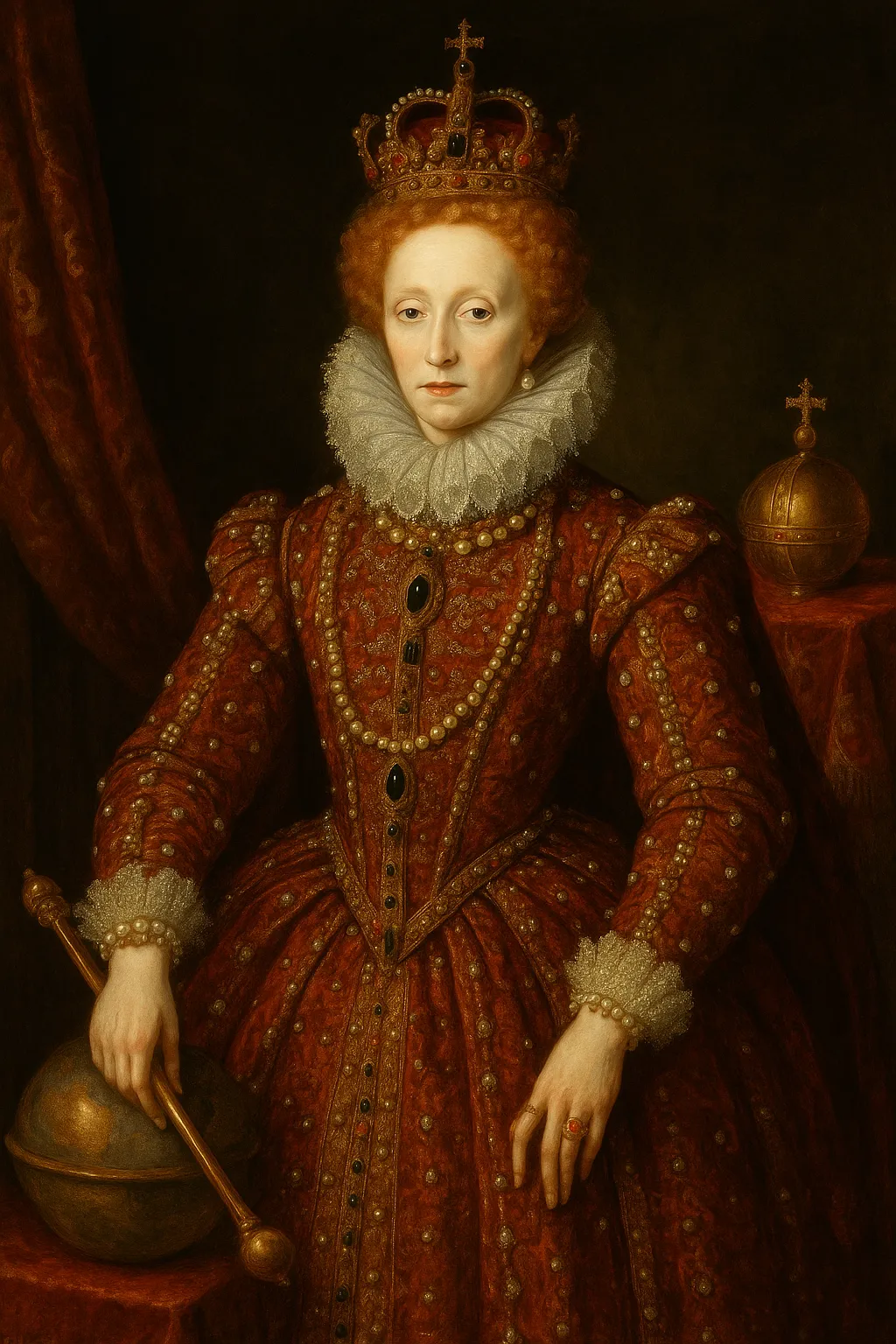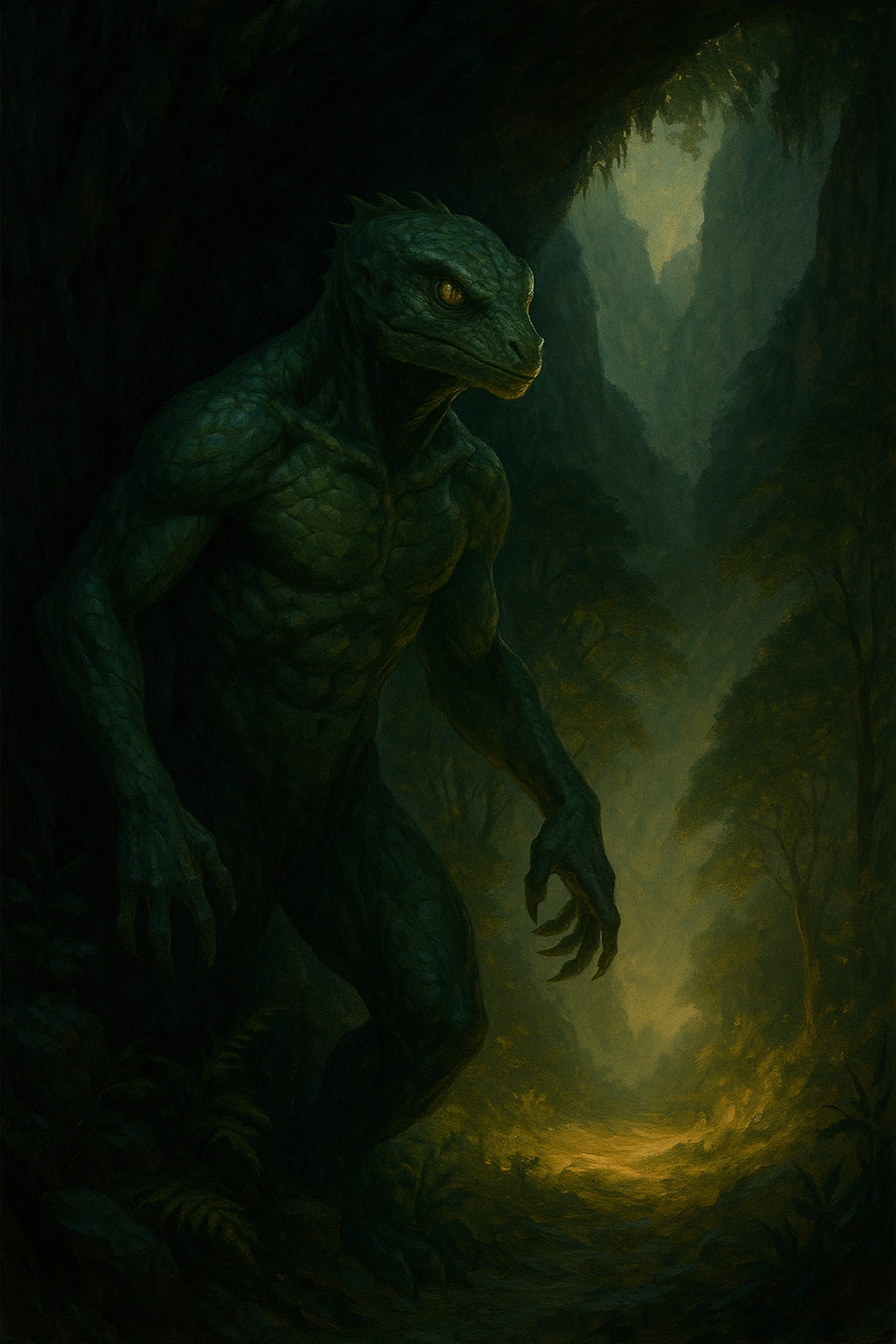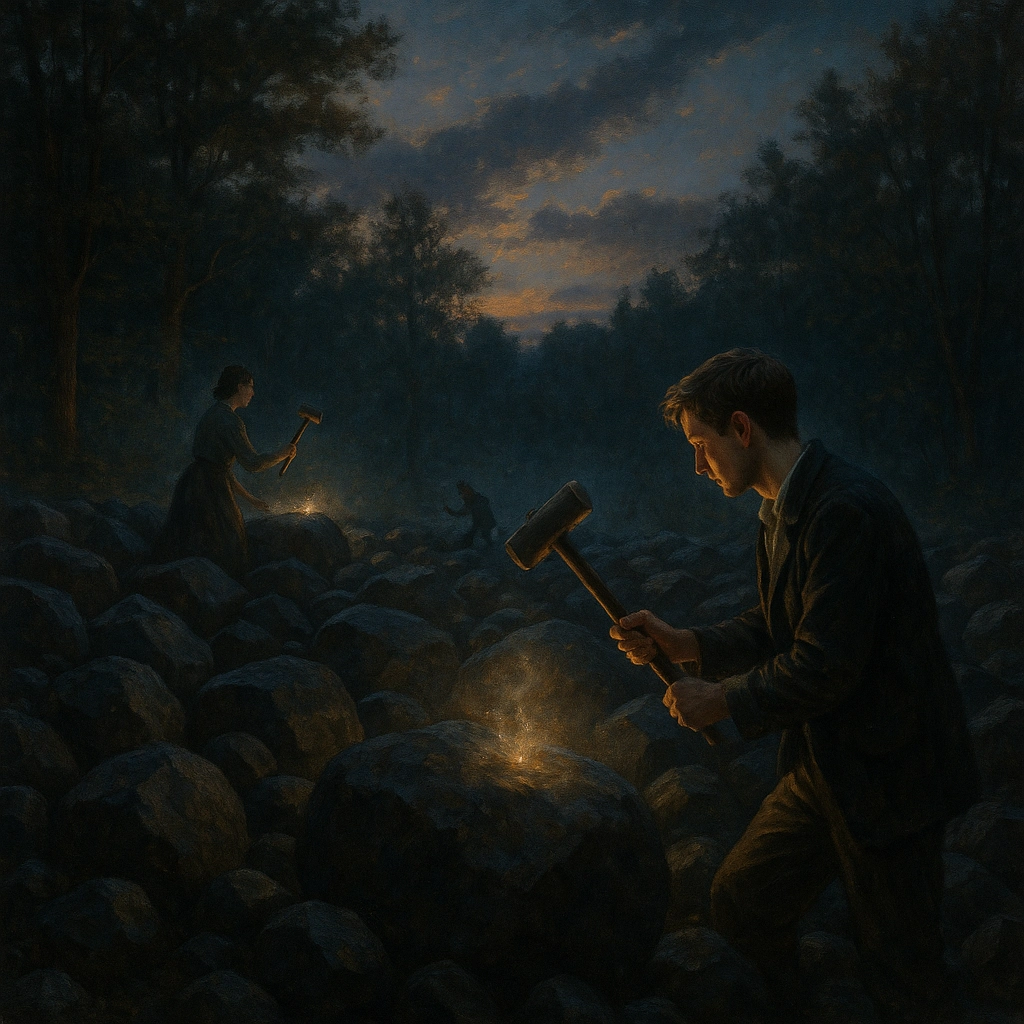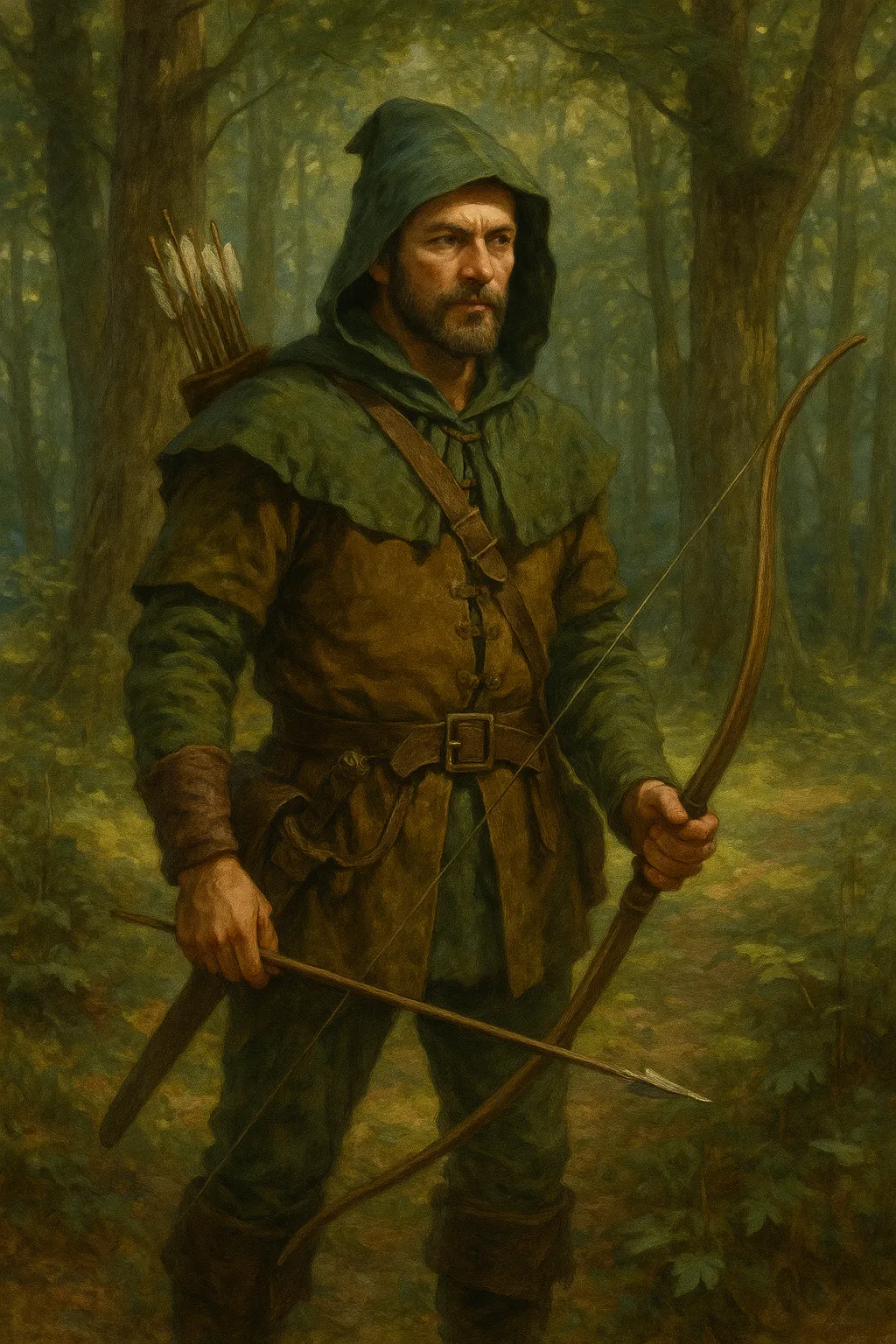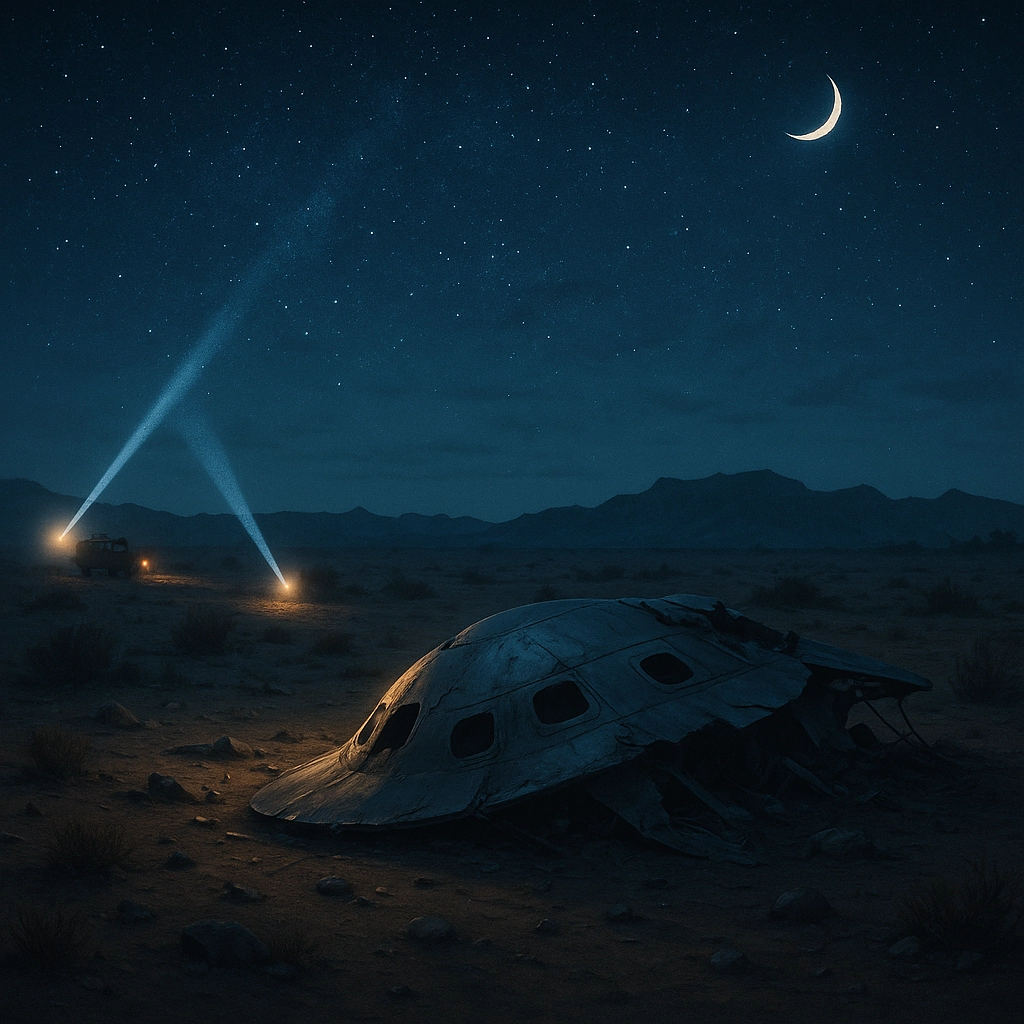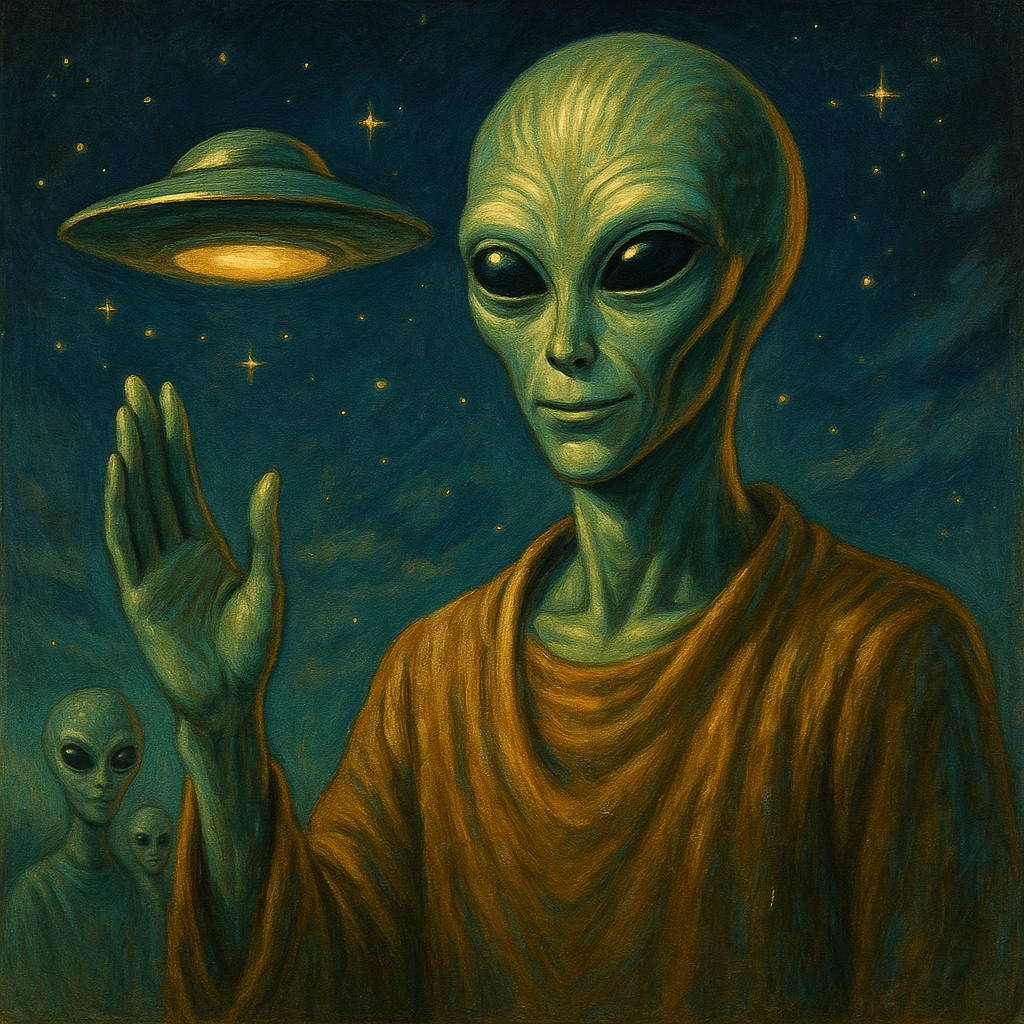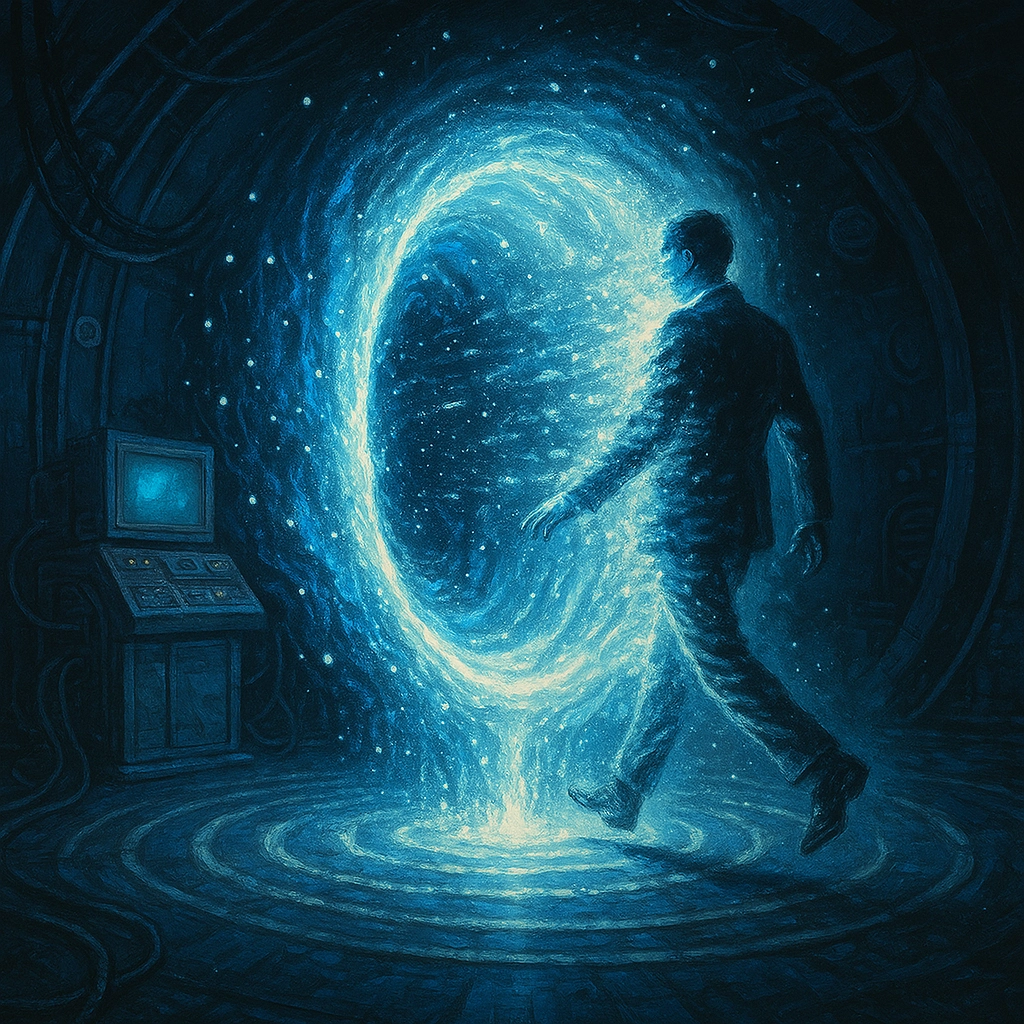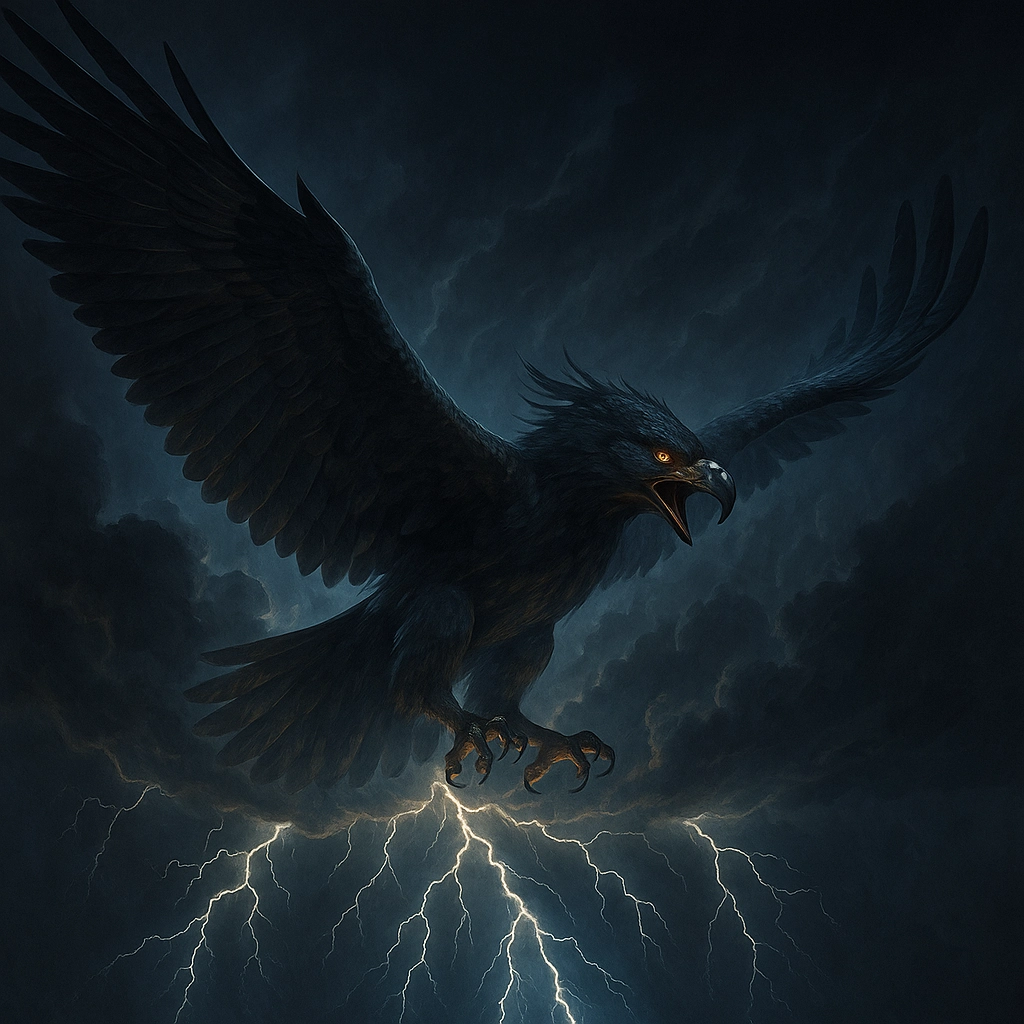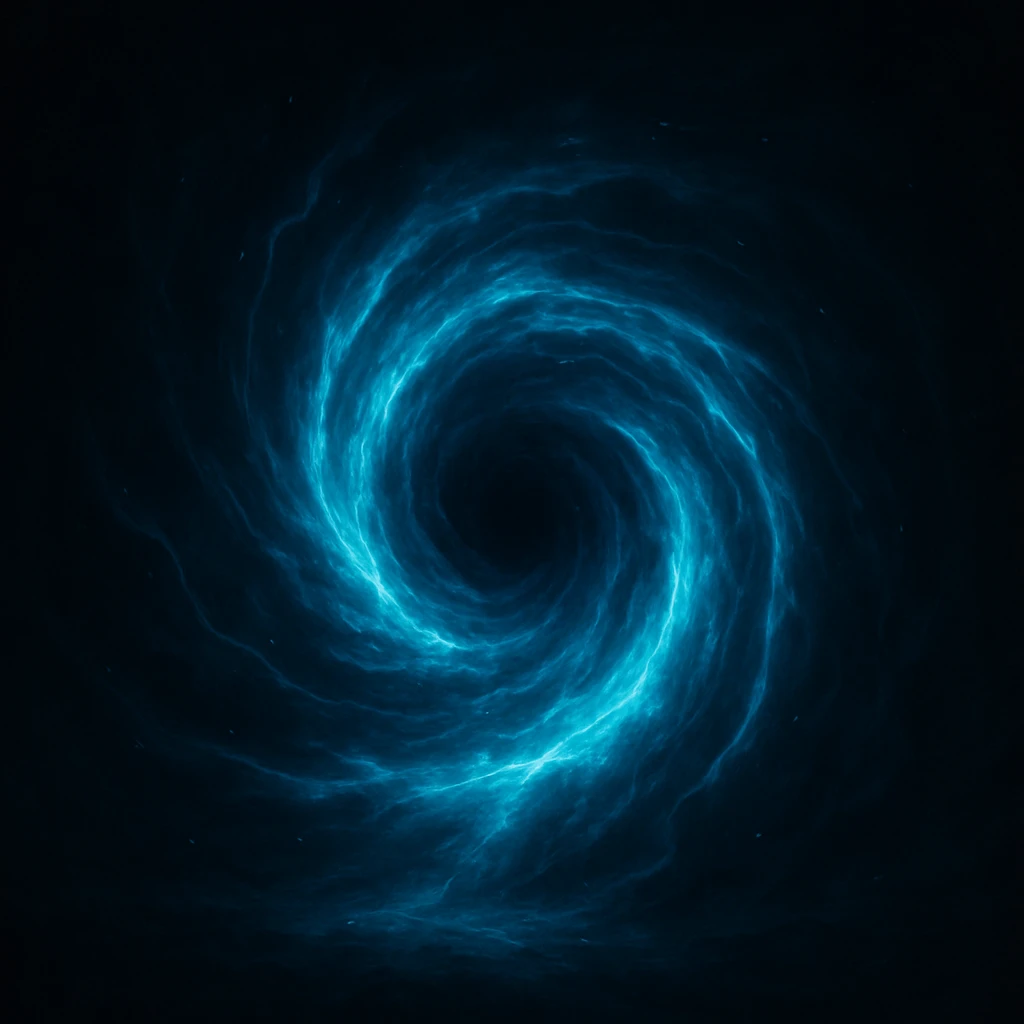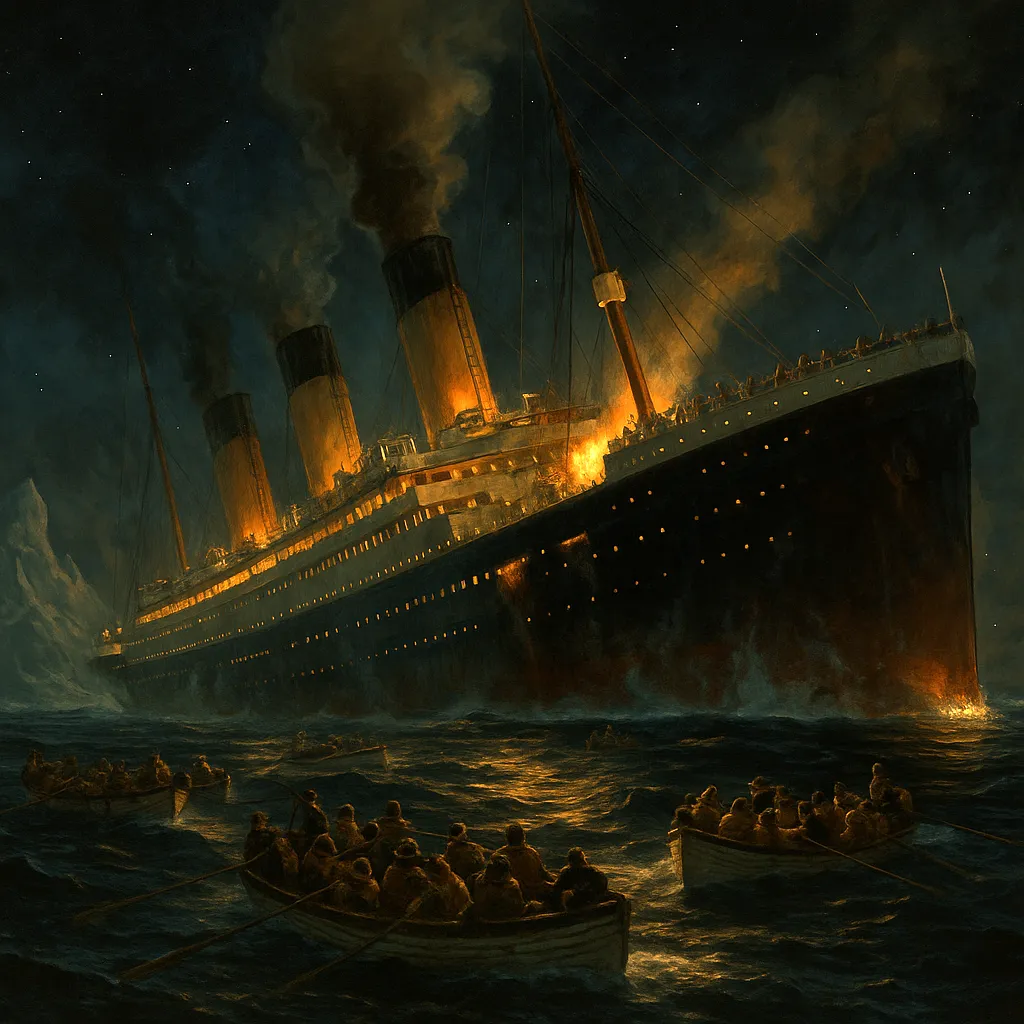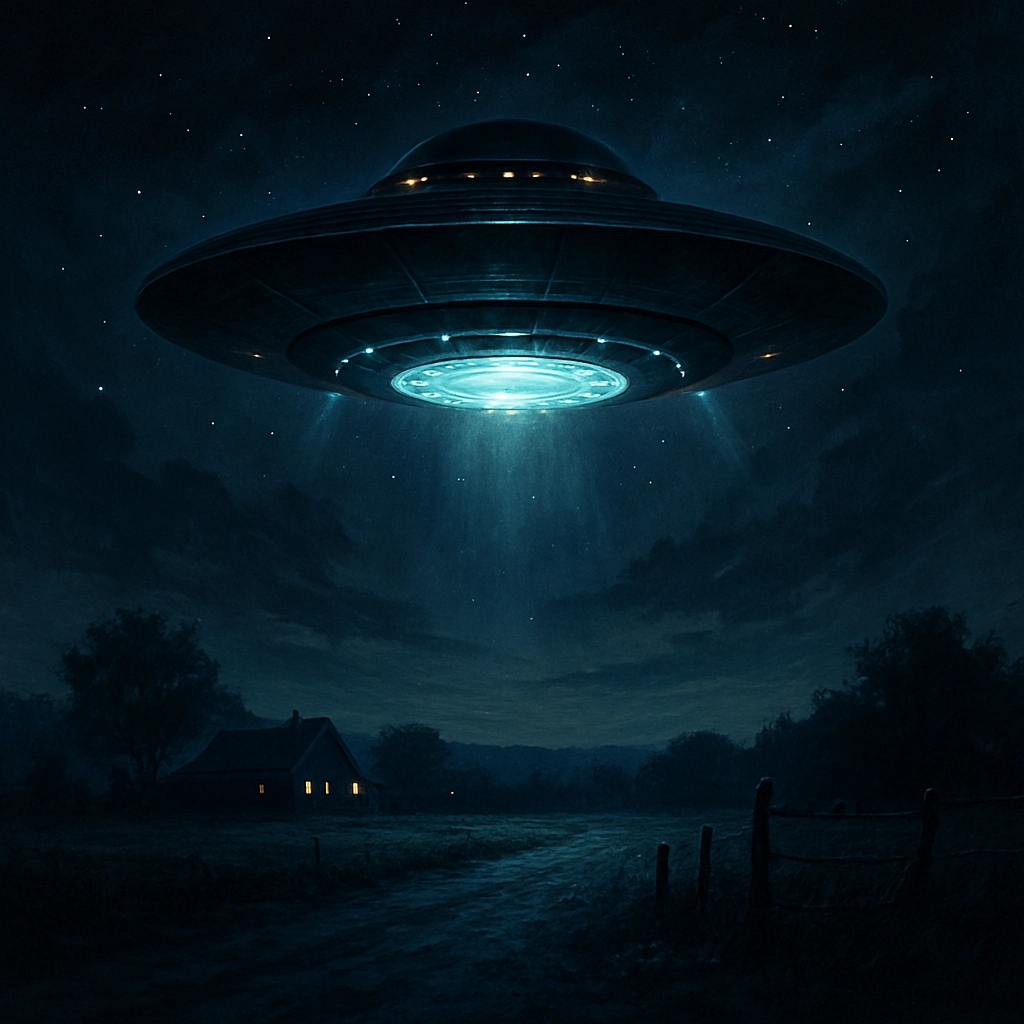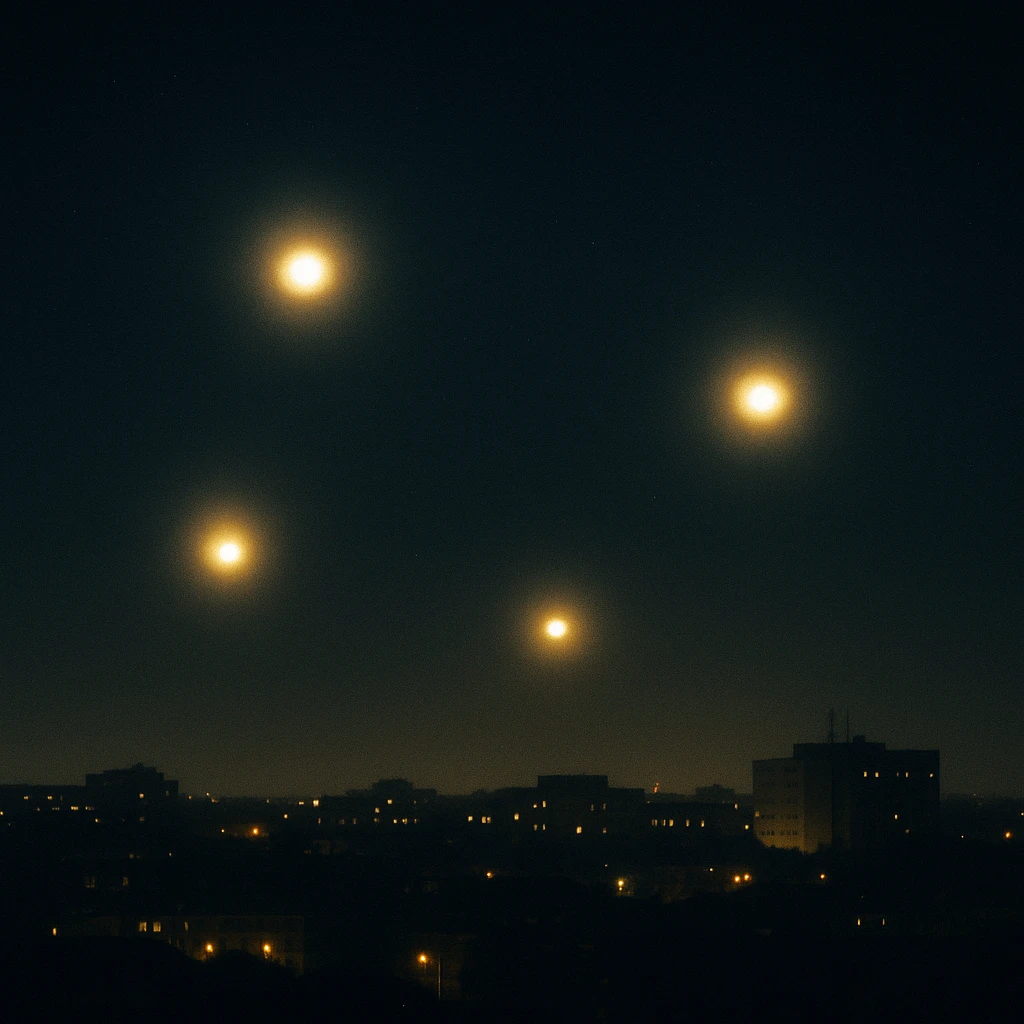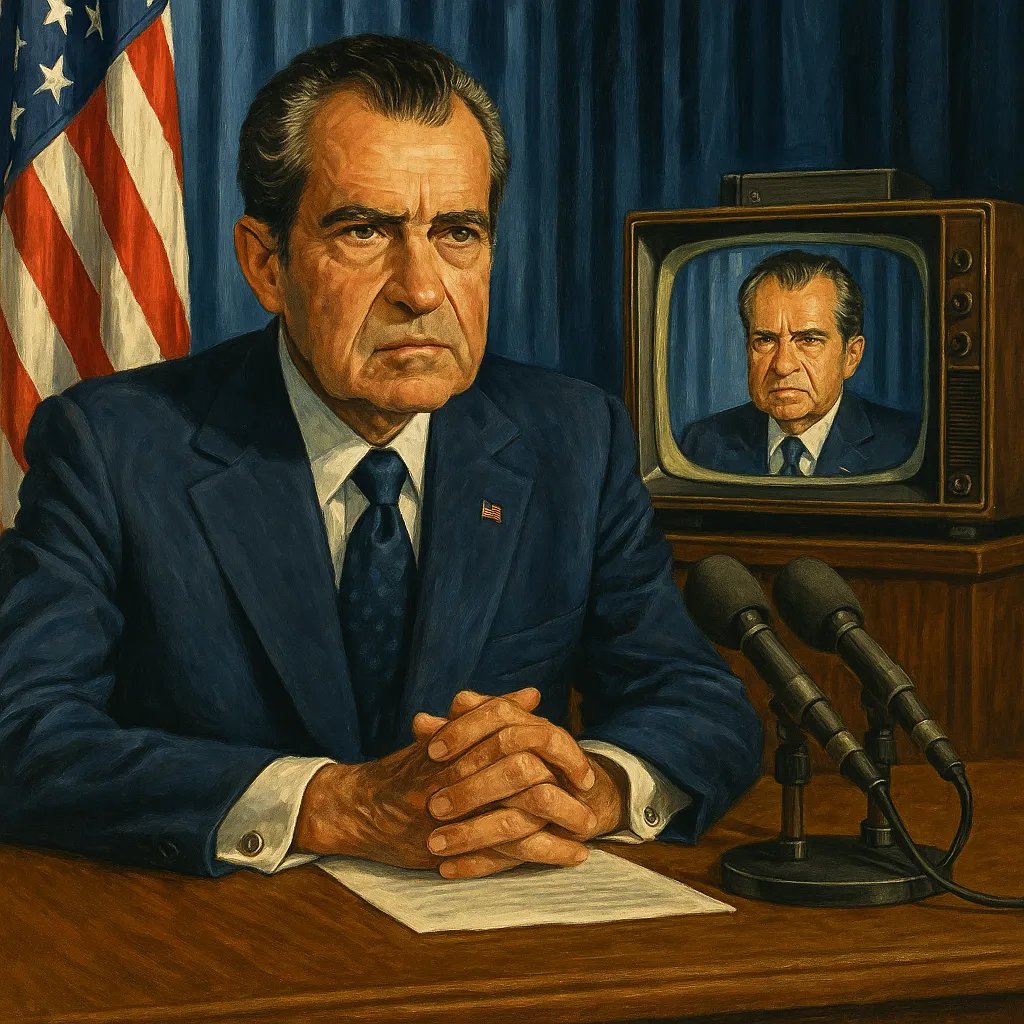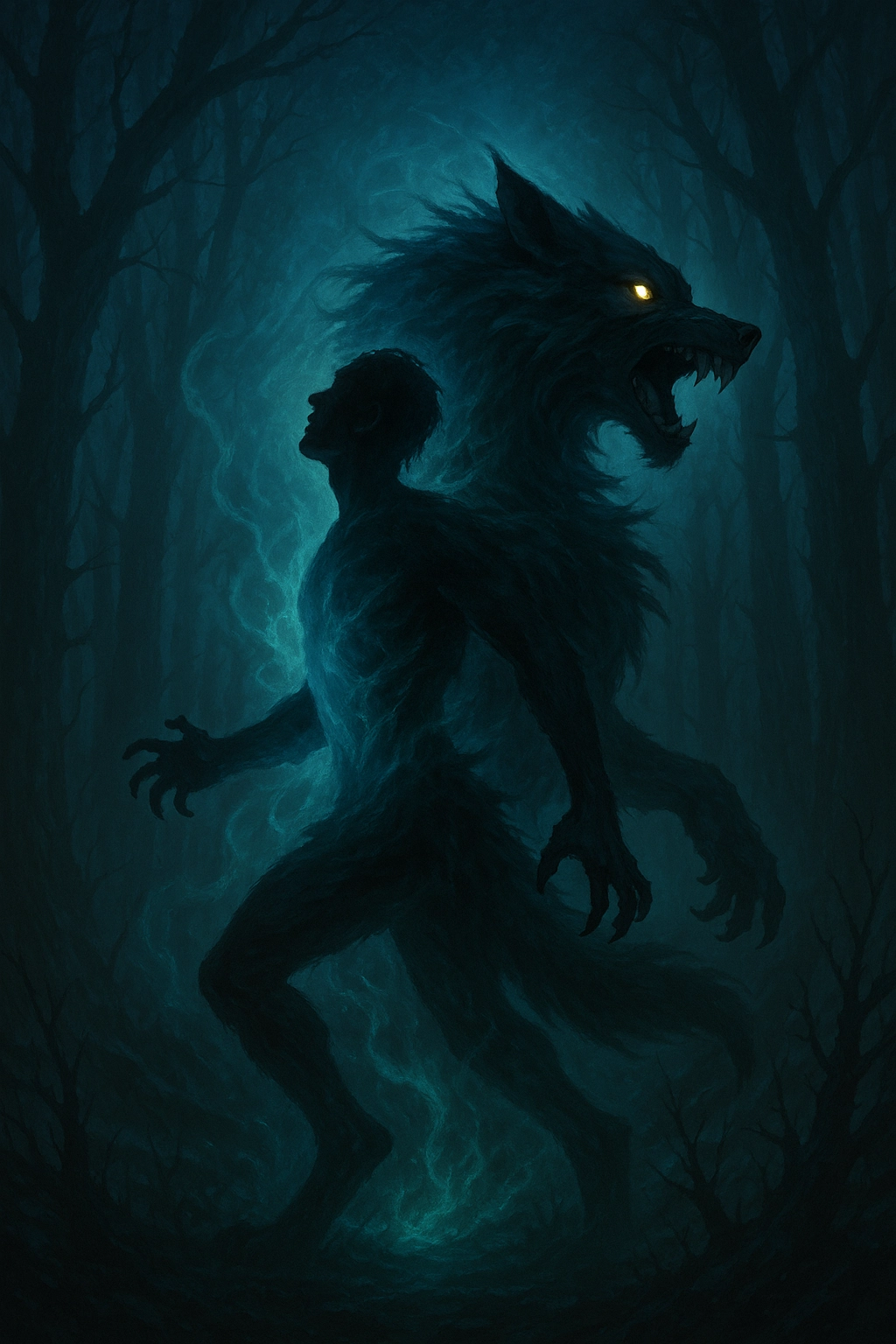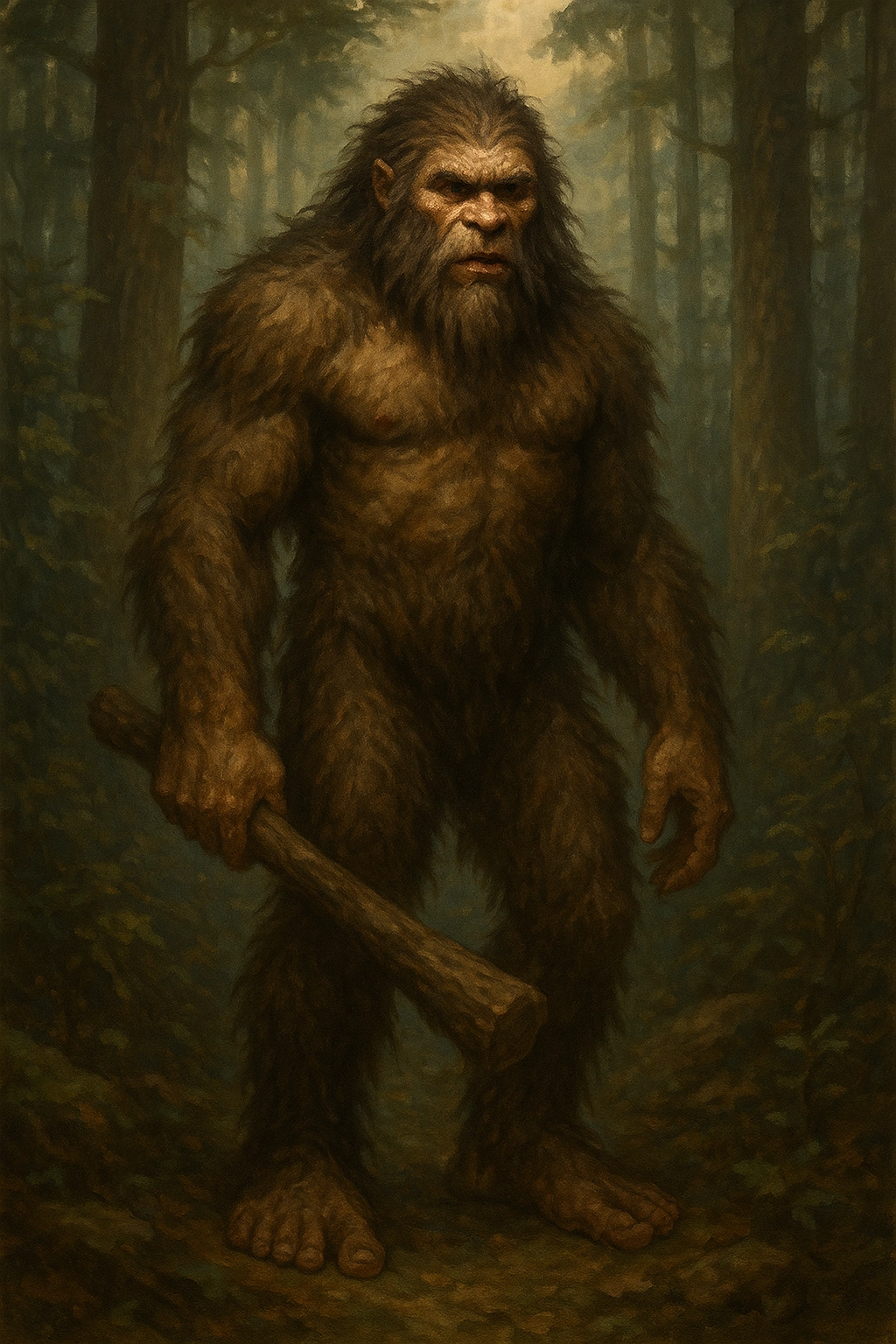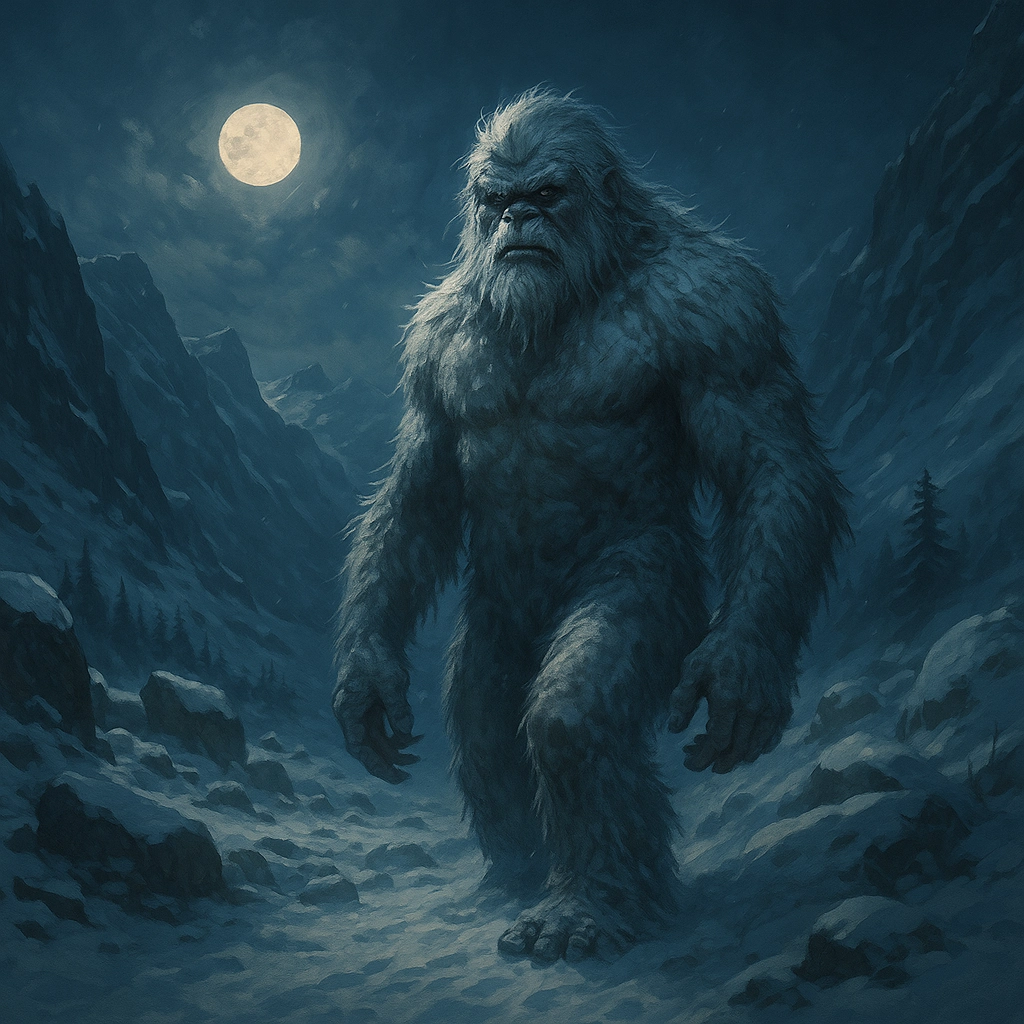Hollow Earth
A World Below
The idea of a Hollow Earth has captivated explorers, mystics, and conspiracy theorists for centuries. From ancient myths of subterranean realms to modern tales of secret inner civilizations, the concept suggests vast hollow spaces within the planet-complete with their own ecosystems, societies, and sun-like cores. Some versions claim entrances at the poles, while others point to hidden tunnels in mountain ranges, deep caves, or volcanoes.
Ancient Roots
Myths about inner worlds go back thousands of years. In Tibetan Buddhism, Shambhala is said to be a hidden land deep within the Earth. In Greek legend, the underworld was a vast subterranean realm where souls traveled after death. Norse mythology mentions Svartalfheim, a world of dwarves and dark beings beneath the surface. These ancient stories may be metaphor-but believers think they hint at real, forgotten civilizations underground.
Modern Theories
In the 17th century, Edmund Halley (of Halley's Comet fame) proposed Earth was composed of nested, concentric shells. Later, 19th-century authors like John Cleves Symmes and Cyrus Teed popularized the idea of habitable interior realms, complete with lush landscapes and even their own suns. In the 20th century, stories of Nazi expeditions to the Antarctic and UFOs emerging from beneath the Earth helped renew interest in the Hollow Earth concept.
Mount Shasta and Lemuria
Mount Shasta in Northern California has become a major focal point for Hollow Earth lore. According to believers, the mountain hides an entrance to the ancient city of Telos-said to be inhabited by survivors of Lemuria, a sunken continent. These tall, advanced beings supposedly live in harmony with nature and technology, occasionally surfacing to make contact with spiritual seekers or leave behind mysterious lights and symbols.
Other Hollow Earthers
Another Amazing reader who claimed to have met the deros was Maurice Doreal (born Claude Doggins). Like Ballard, he said he was friends with the Masters who lived inside Mount Shasta, though unlike Ballard he said they were from Atlantis, not Lemuria. According to him, the Atlanteans and the Lemurians lived in great caverns under the earth and regularly visited, and received visits from, other star systems. His own occult group, the Brotherhood of the White Temple, was headquartered in the Pleiades and involved in complex interstellar diplomacy and warfare, which Doreal detailed at length in his various writings.
W. C. Hefferlin wrote Amazing about his adventures in Rainbow City, an abandoned extraterrestrial metropolis under the Antarctic ice. Though its inhabitants were long gone, they had left their advanced technology in place. Whether the extraterrestrials had elevators or some other transport to their city is unclear. High speed elevators or transports would have made it easy to access their city from the surface of Antarctica.
Hefferlin's account of the space people's secrets failed to impress those readers who knew something about science; they wrote to jeer at the Rainbow City man's elementary errors, causing Hefferlin to drop out of sight for a year. He reappeared under the sponsorship of Borderland Sciences Research Associates, an occult-oriented group headquartered in Vista, California. In various BSRA publications Hefferlin and his wife Gladys related that Rainbow City's inhabitants were a race that had settled on Mars to escape the evil Snake People. When the atmosphere of Mars became unbreathable, they emigrated to earth and settled in seven great cities (Rainbow City being the greatest of all) on the continent of Antarctica, then a tropical paradise. Unfortunately, the Snake People found out where they were and attacked, scattering the settlers all over the earth and, incidentally, tipping the earth over on its axis, which is how Antarctica got to be such a frigid place.
Modern Skeptics
Mainstream science dismisses the Hollow Earth theory as fantasy. Seismic studies, gravity models, and geological evidence overwhelmingly support a solid inner structure. But for some, the sheer volume of folklore, military secrecy, and unexplained phenomena keep the theory alive. As with many fringe ideas, it's not just the possibility-it's the mystery that captivates.


